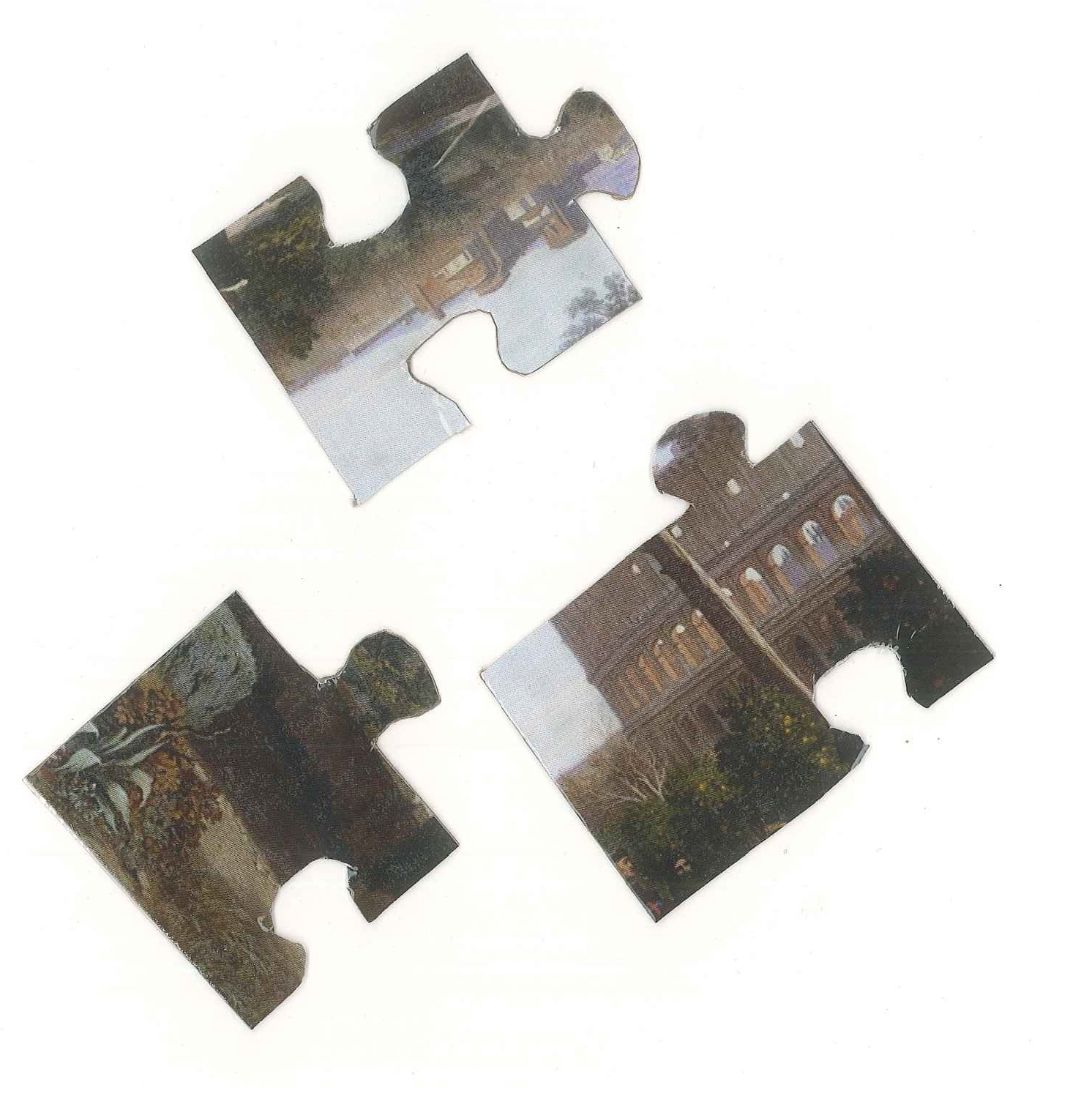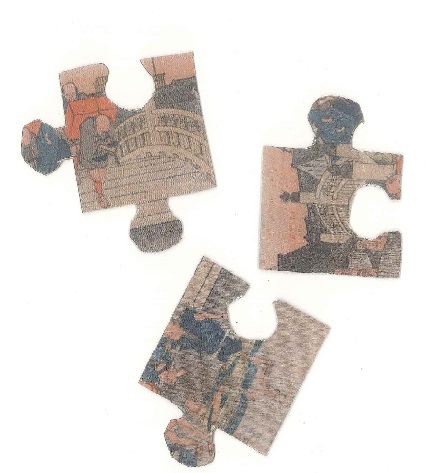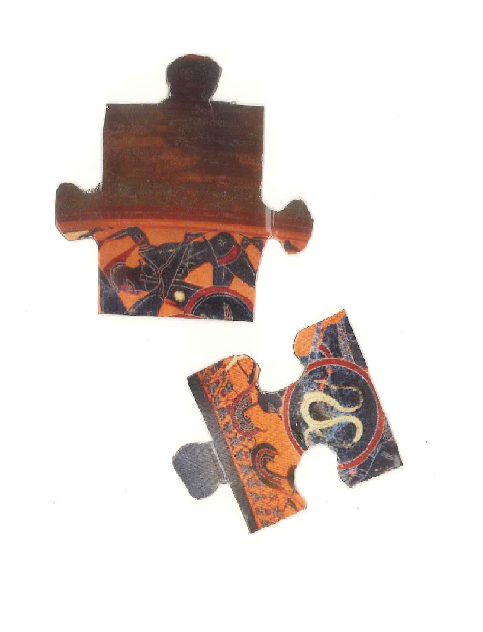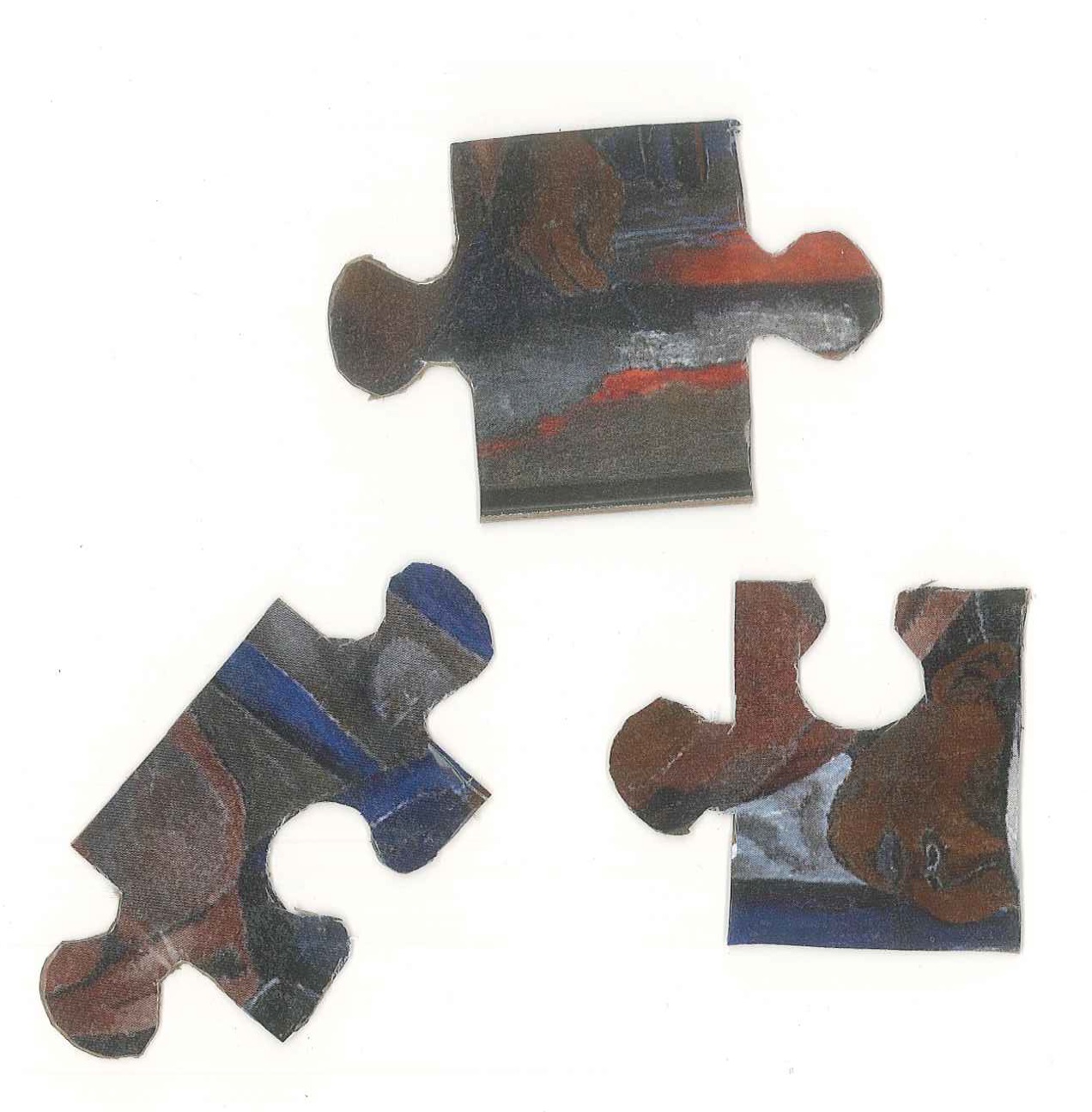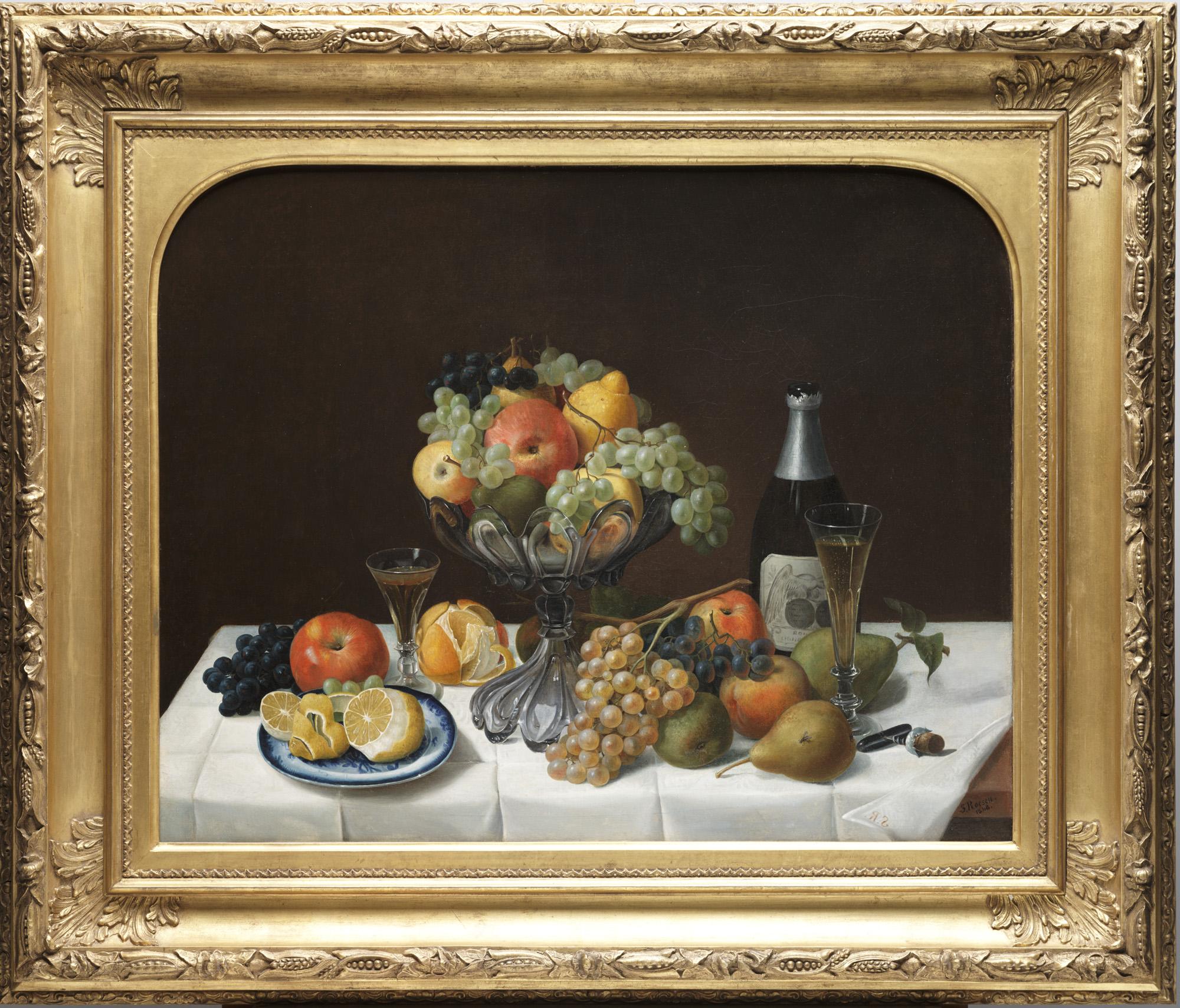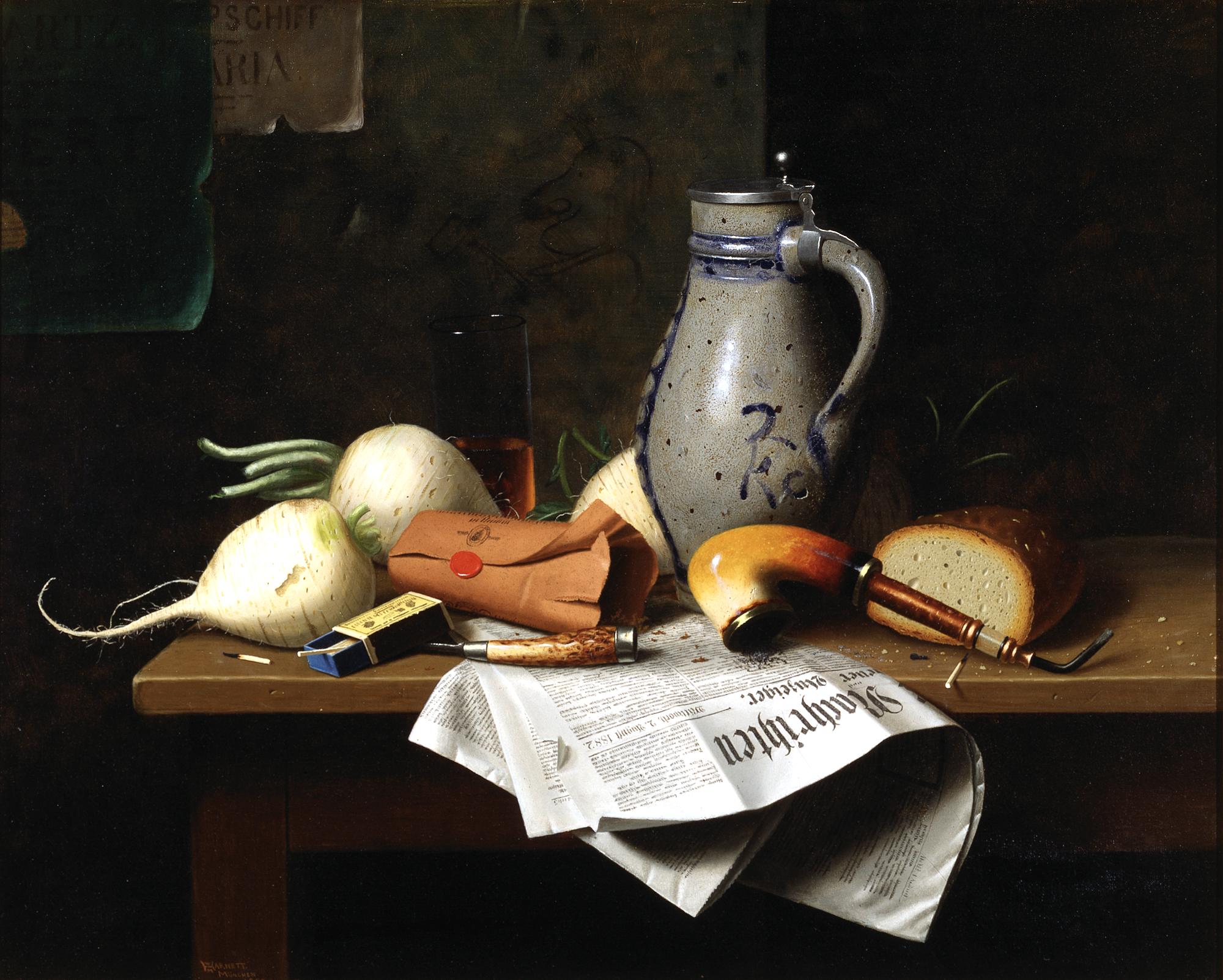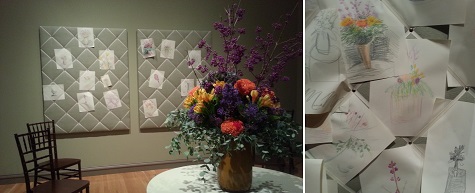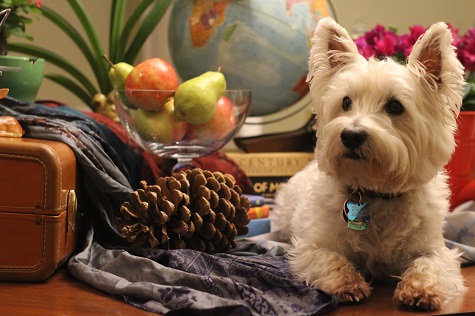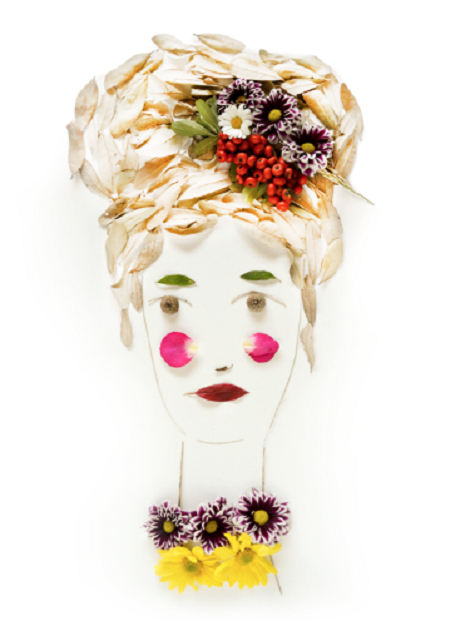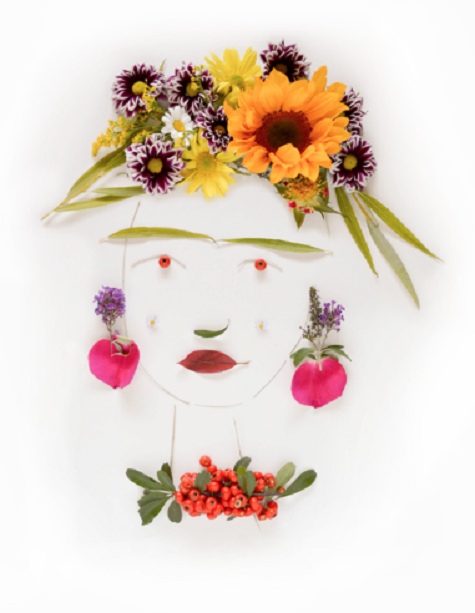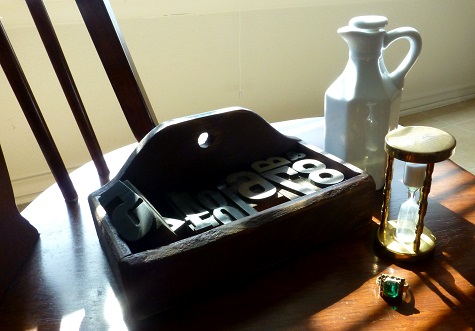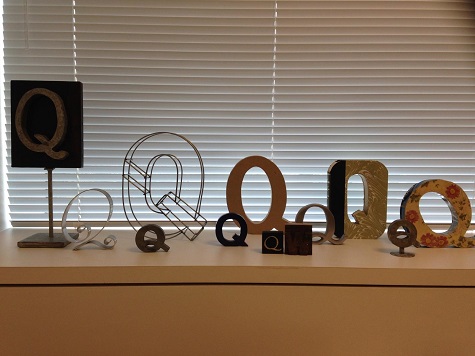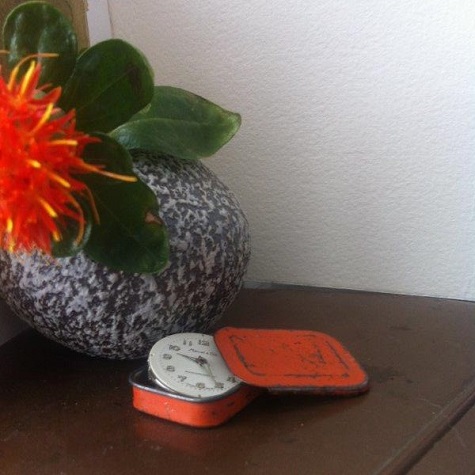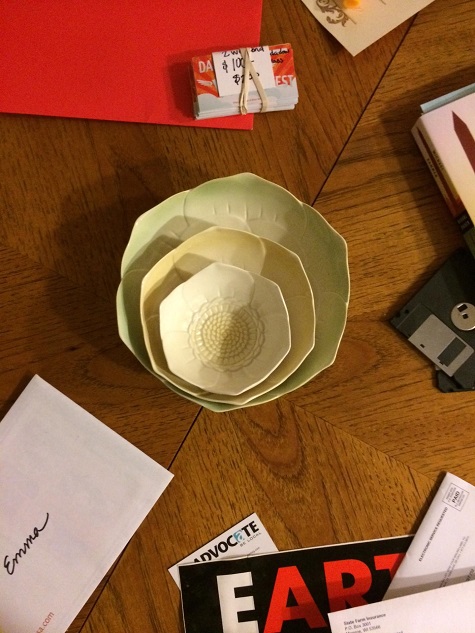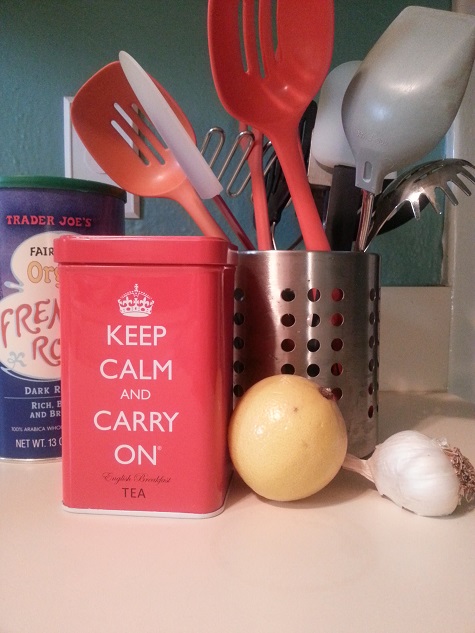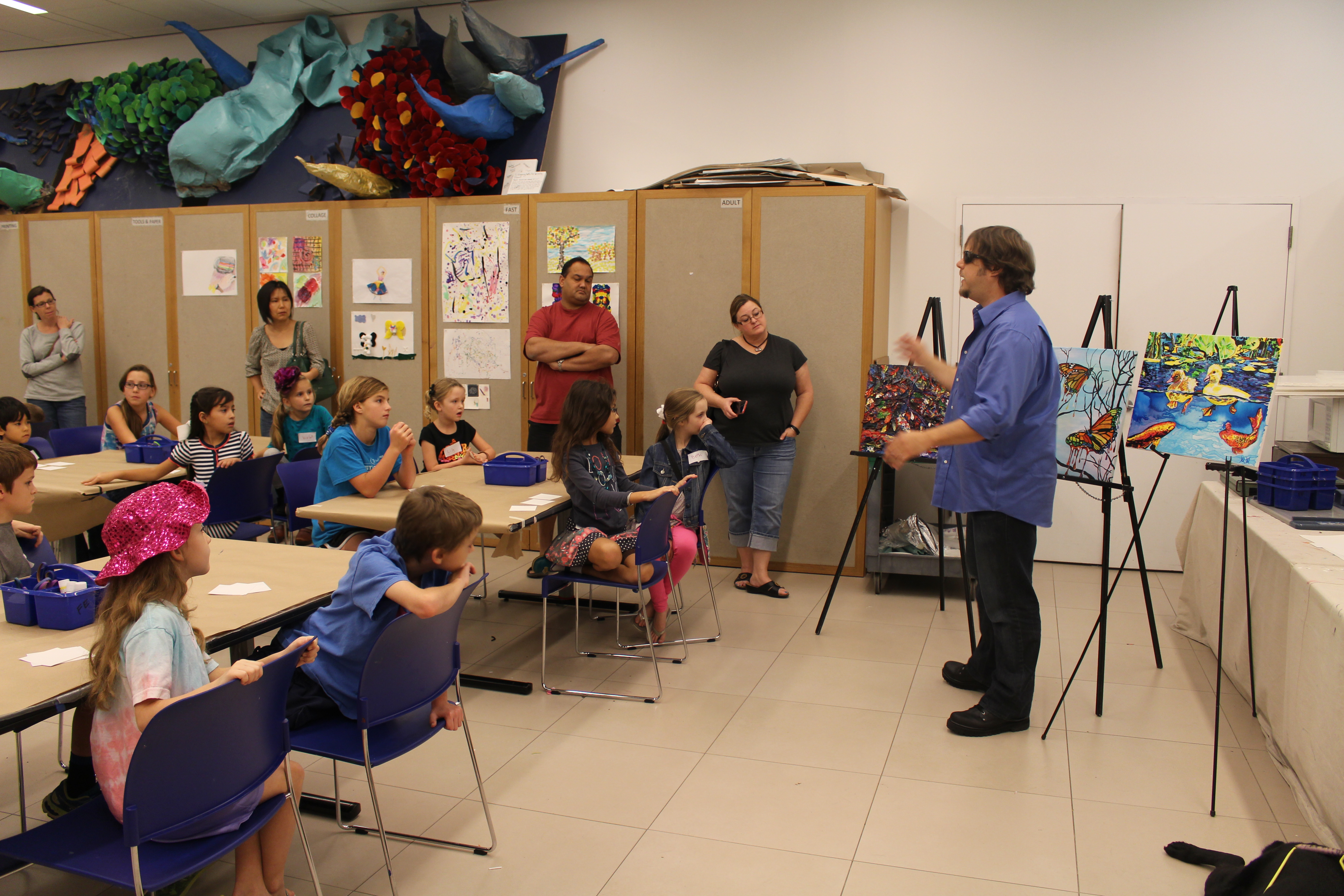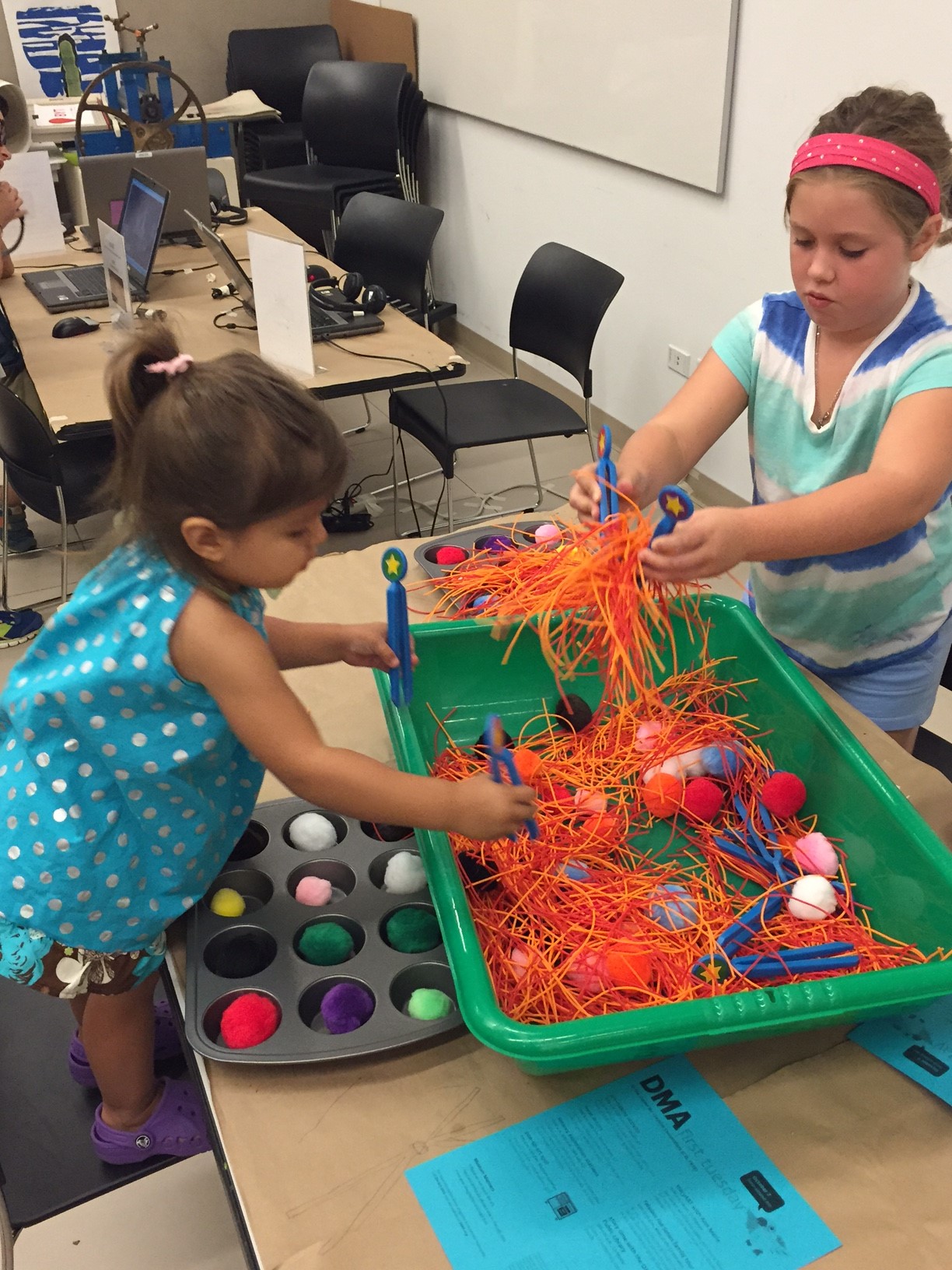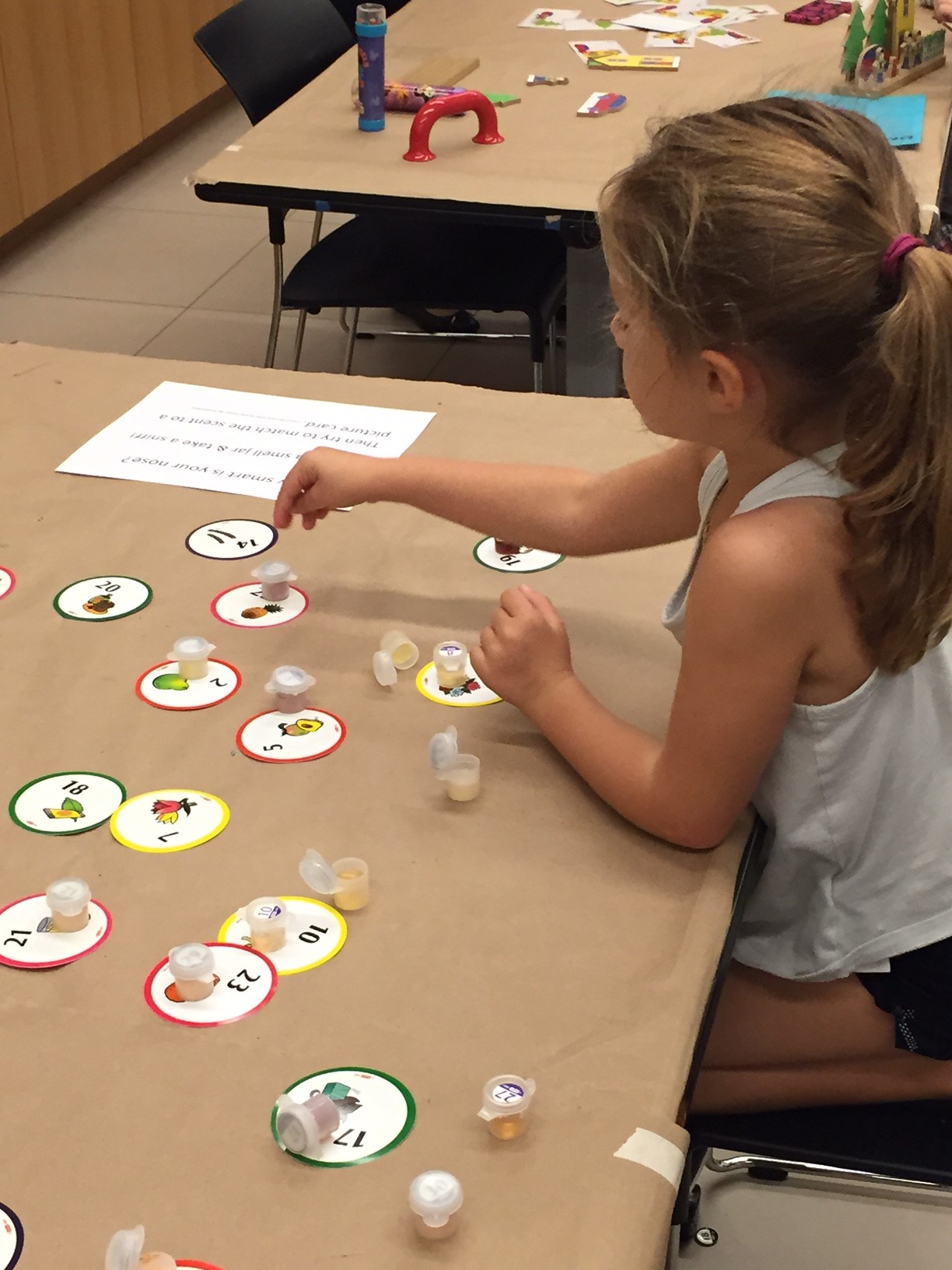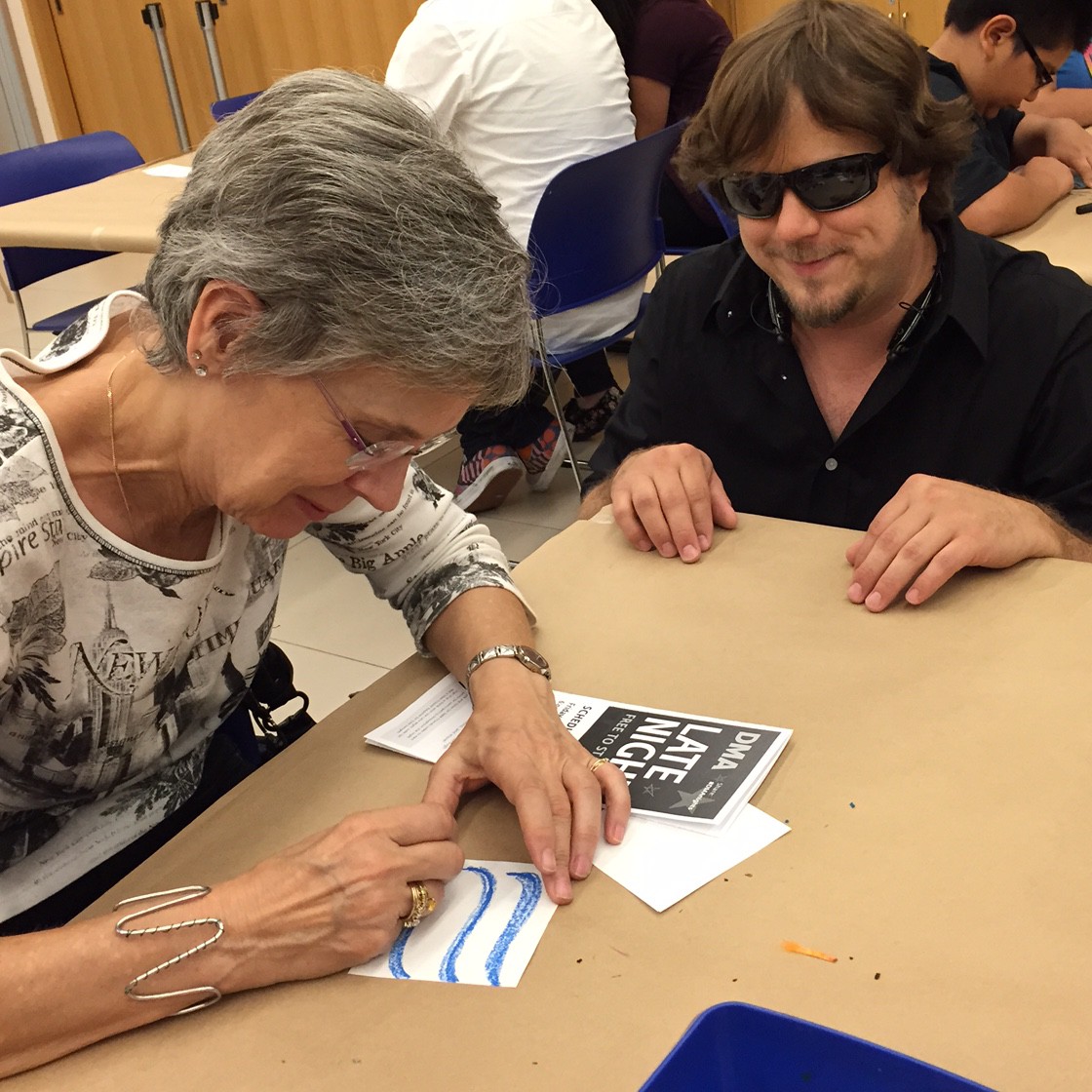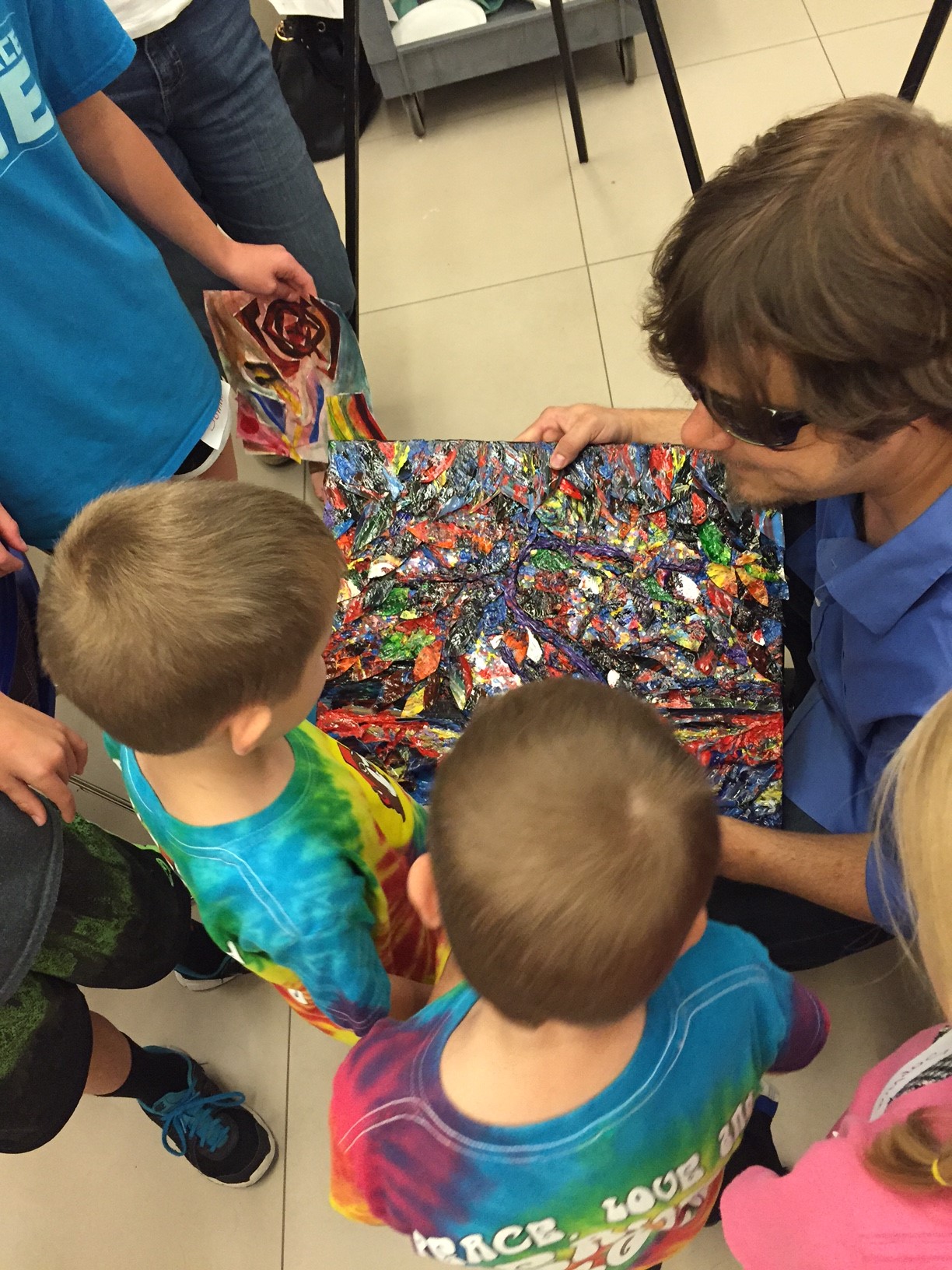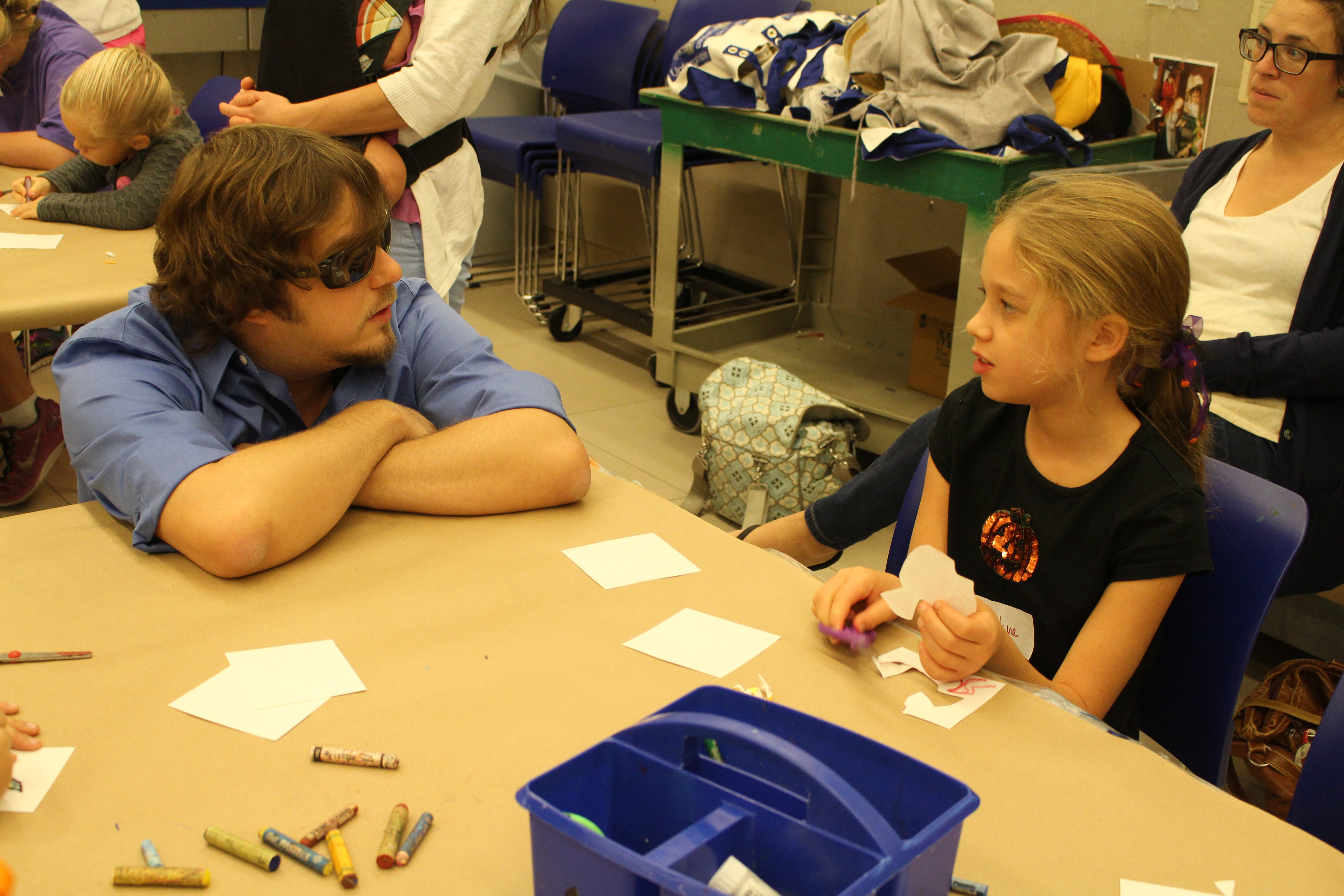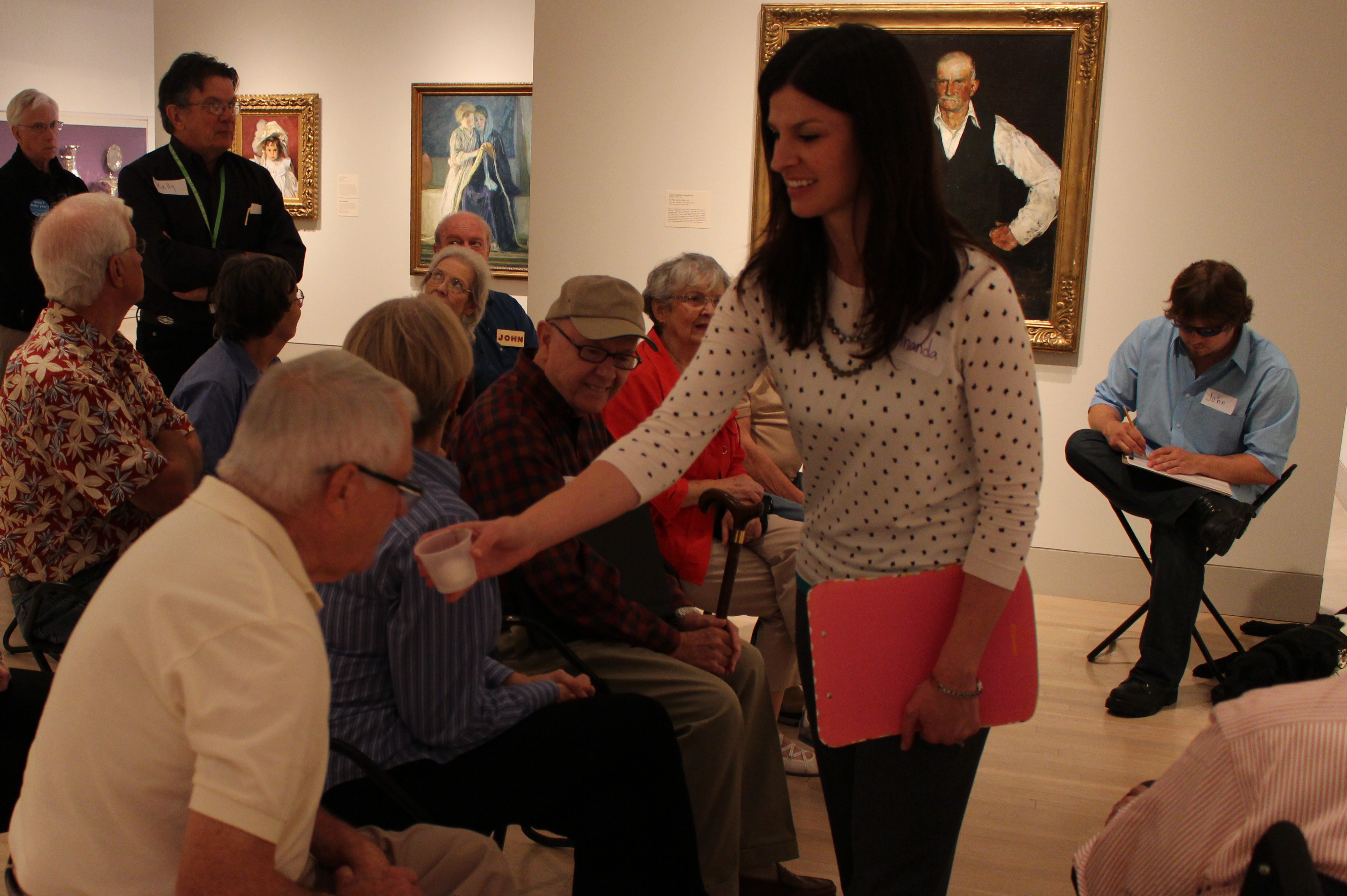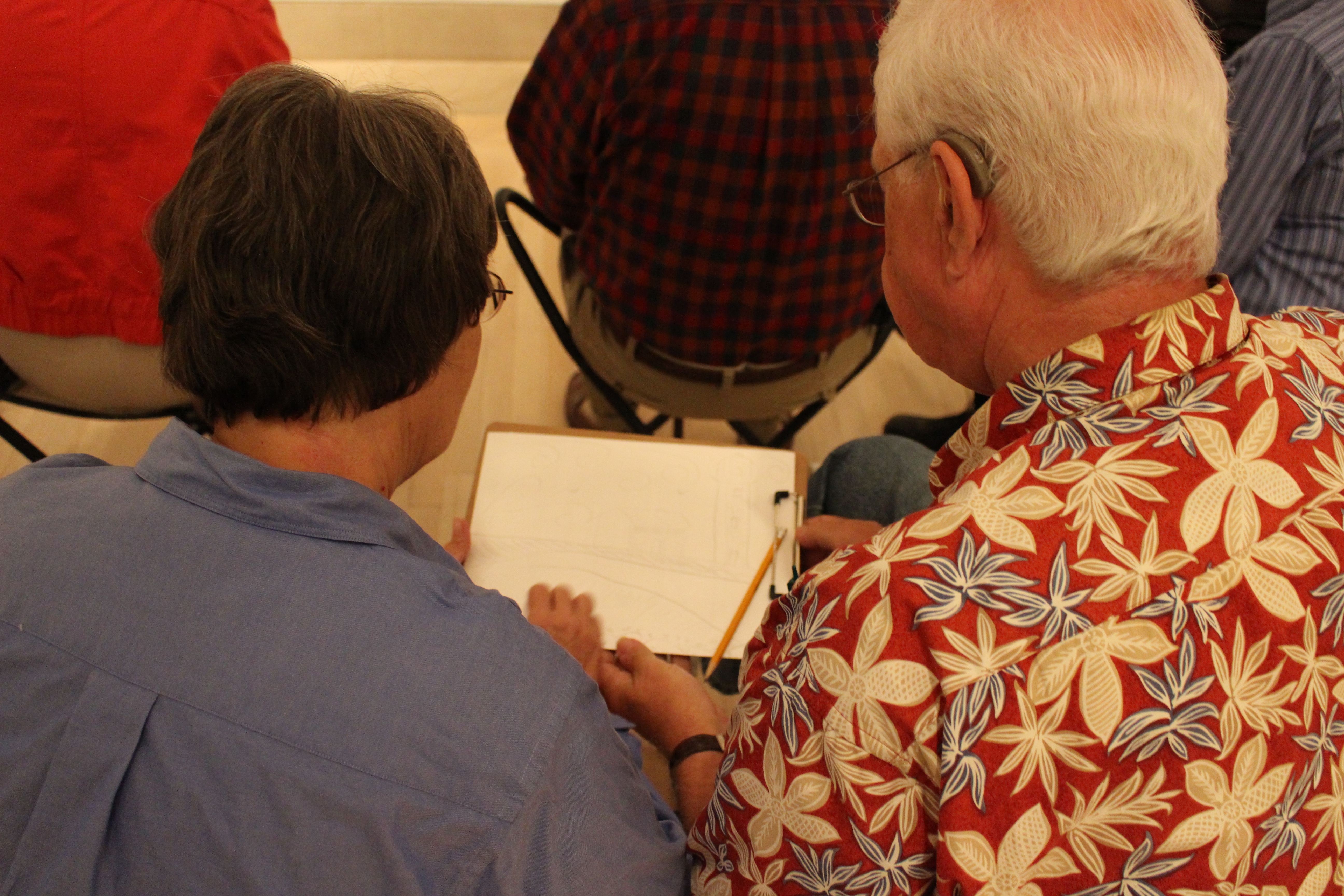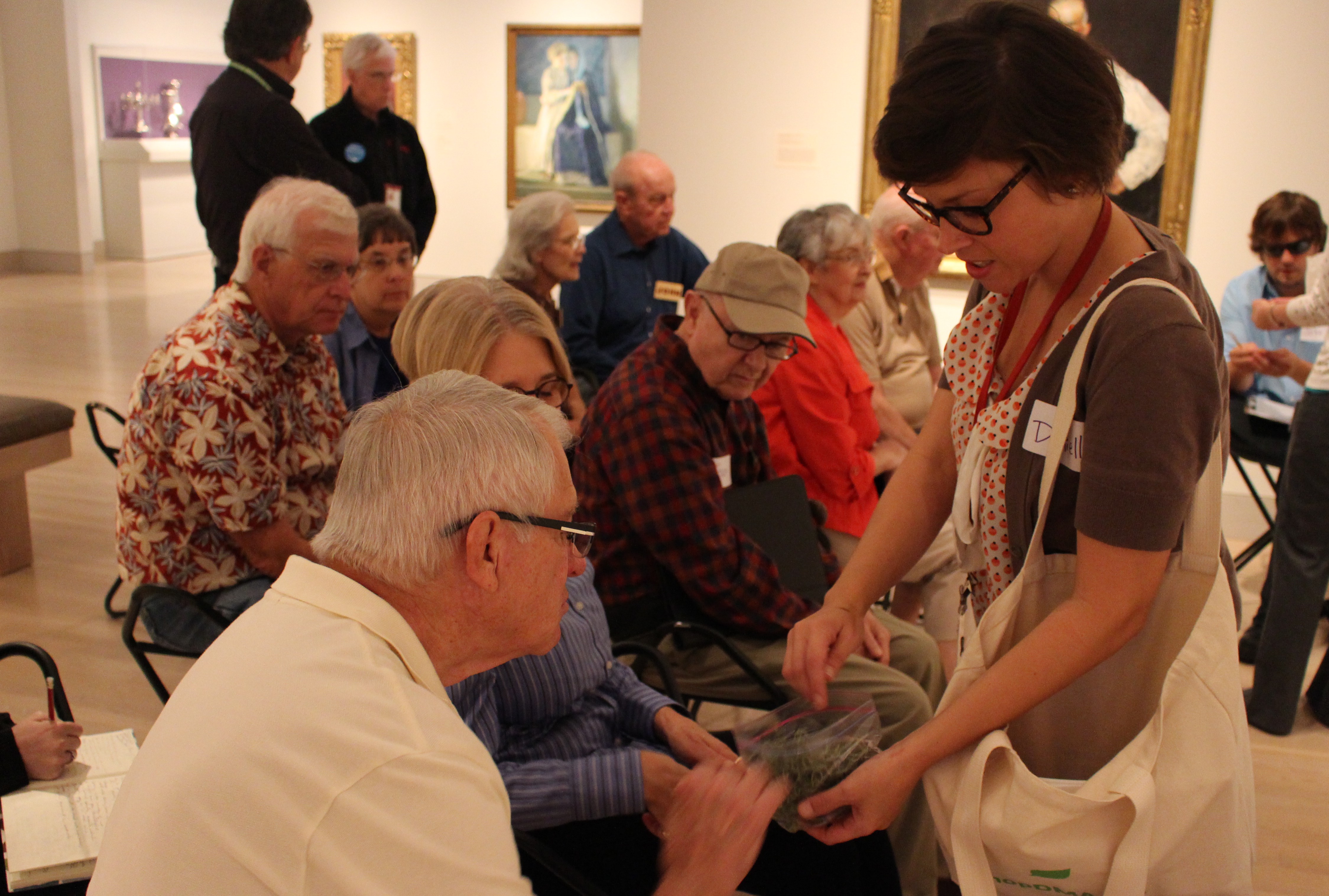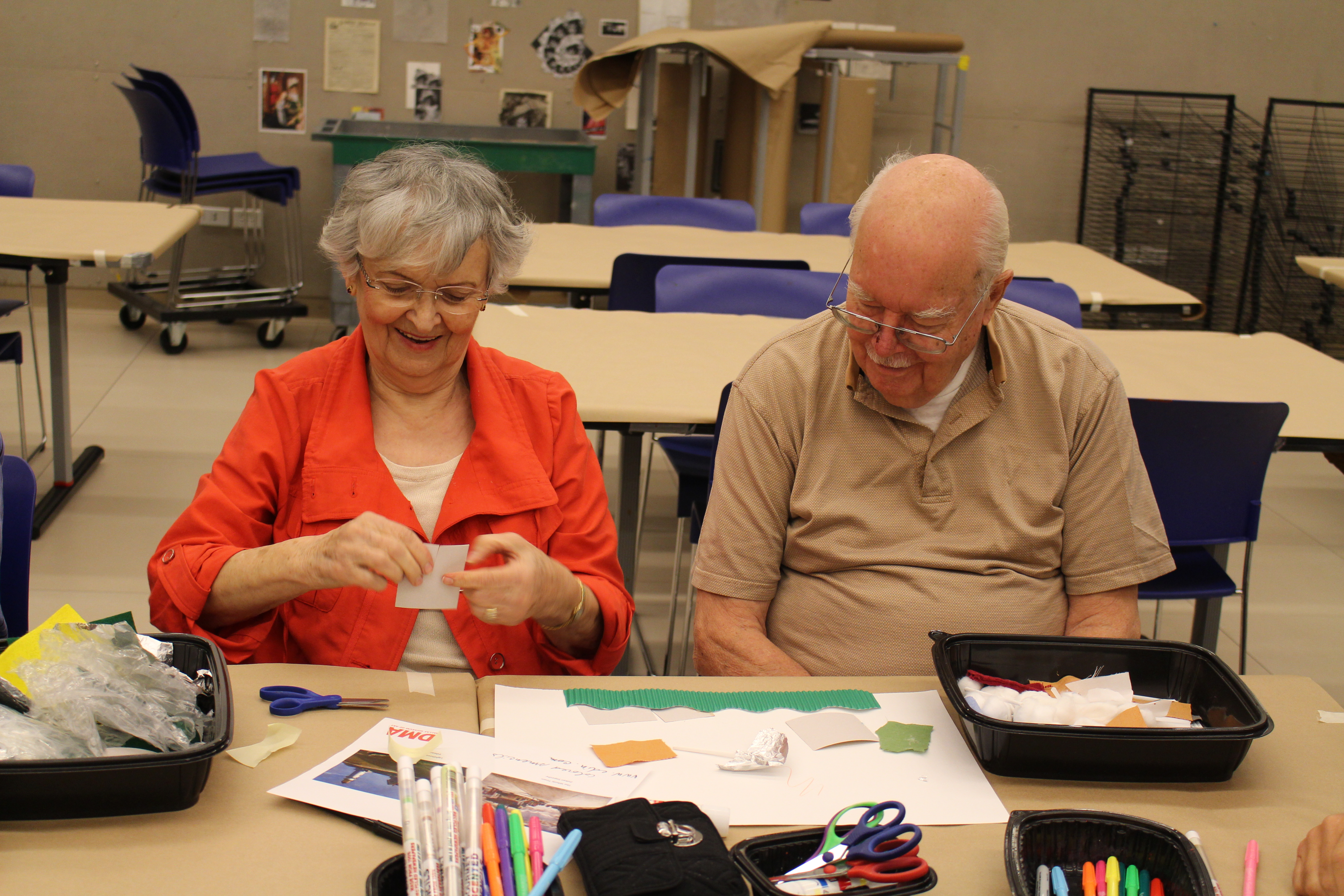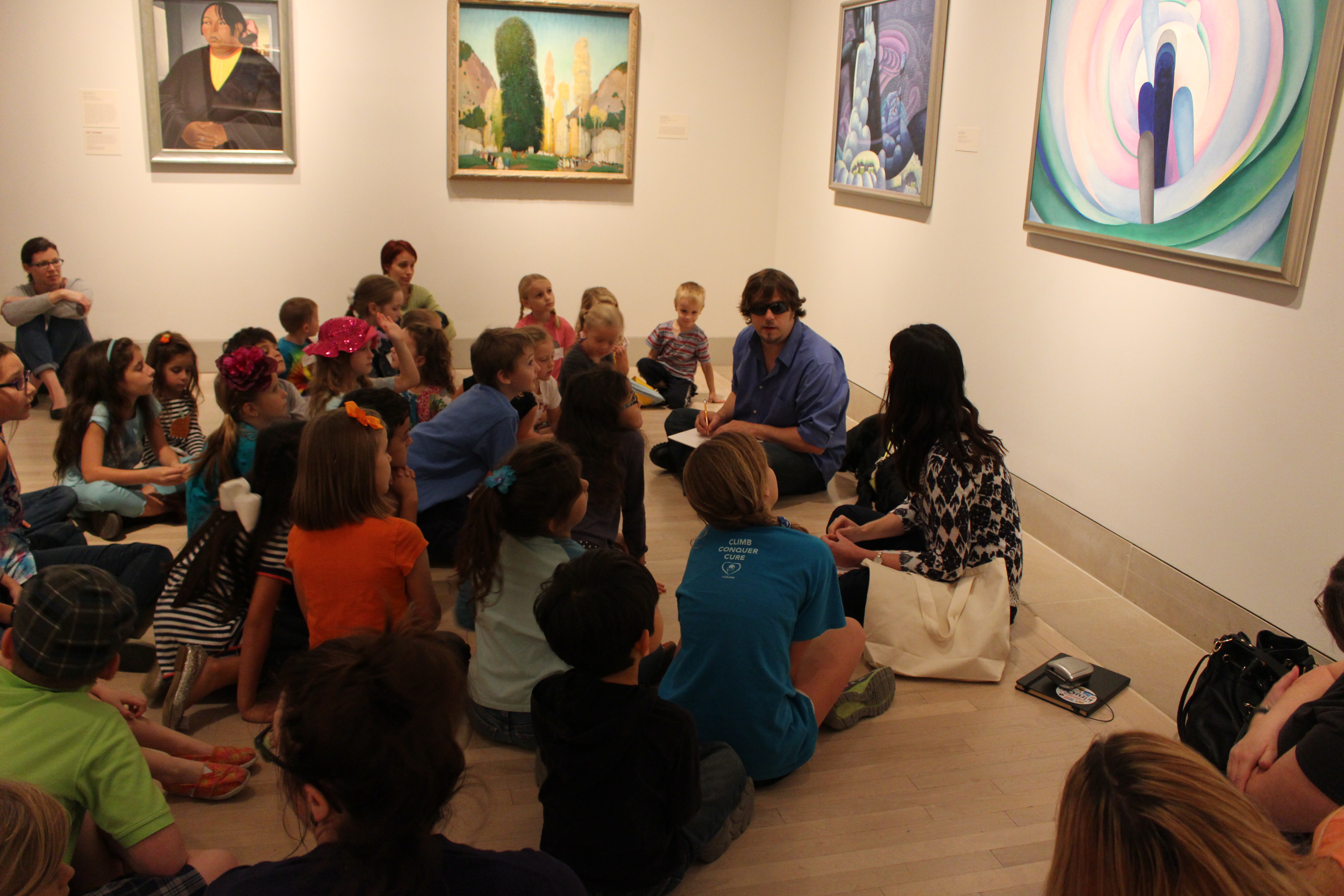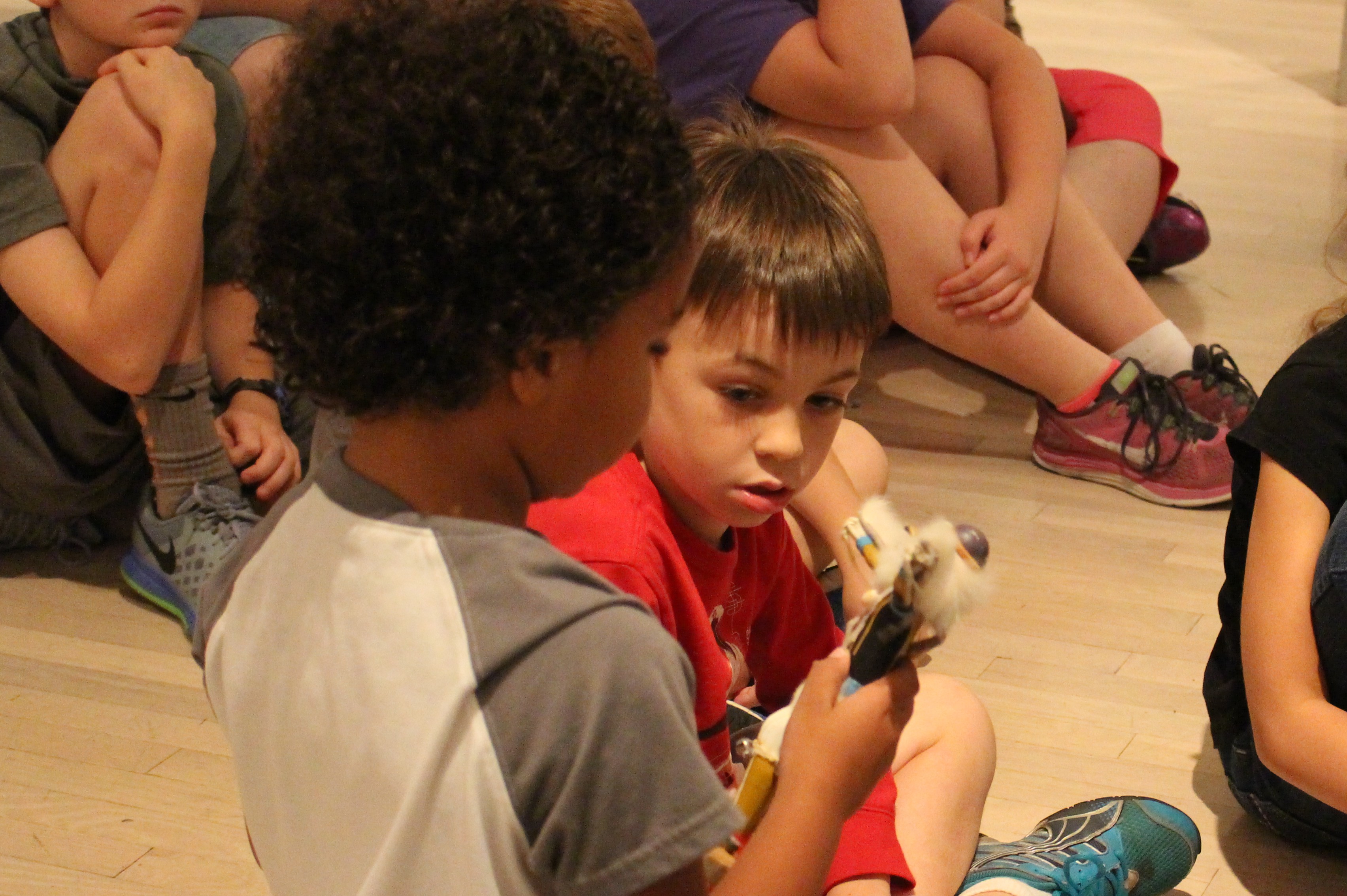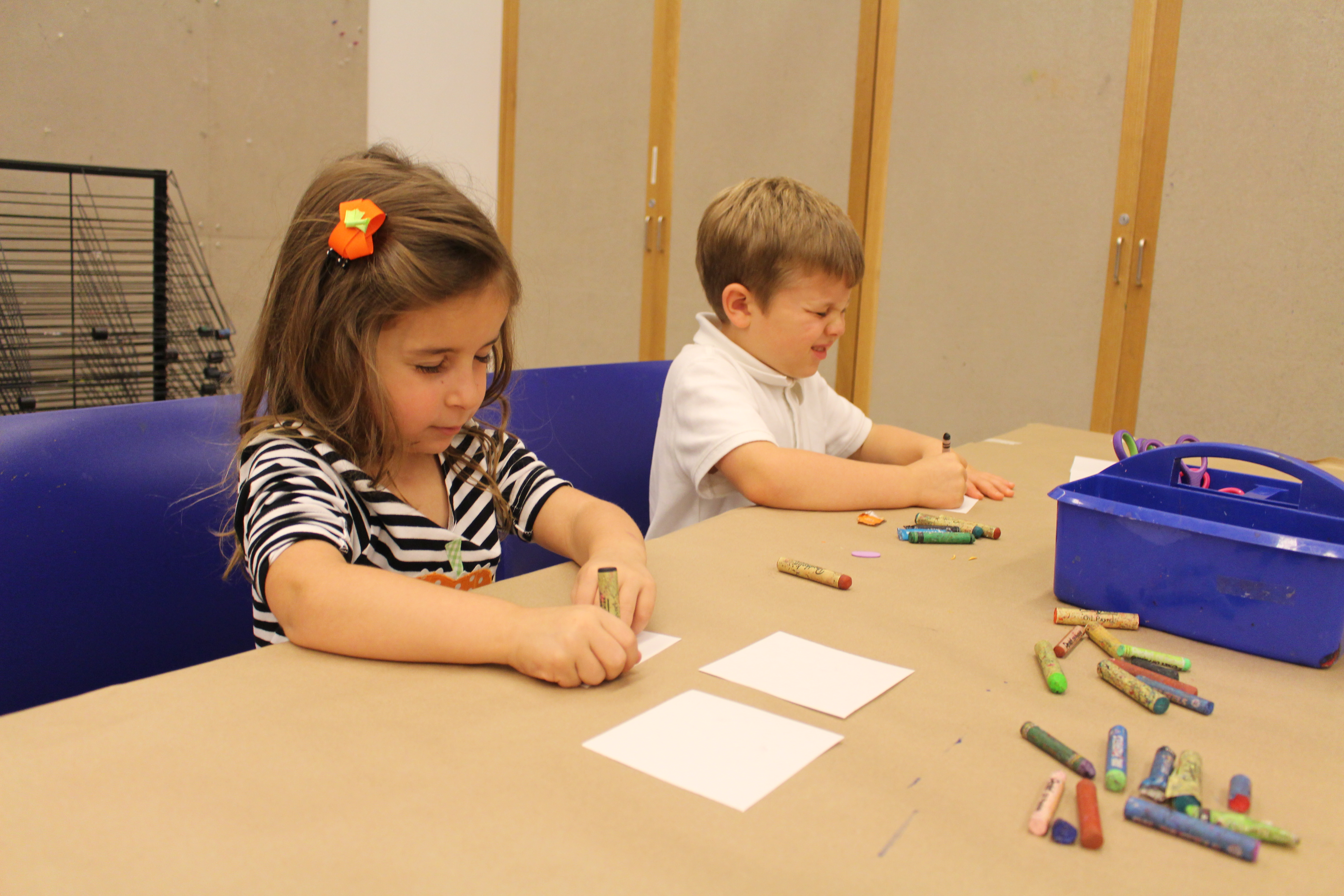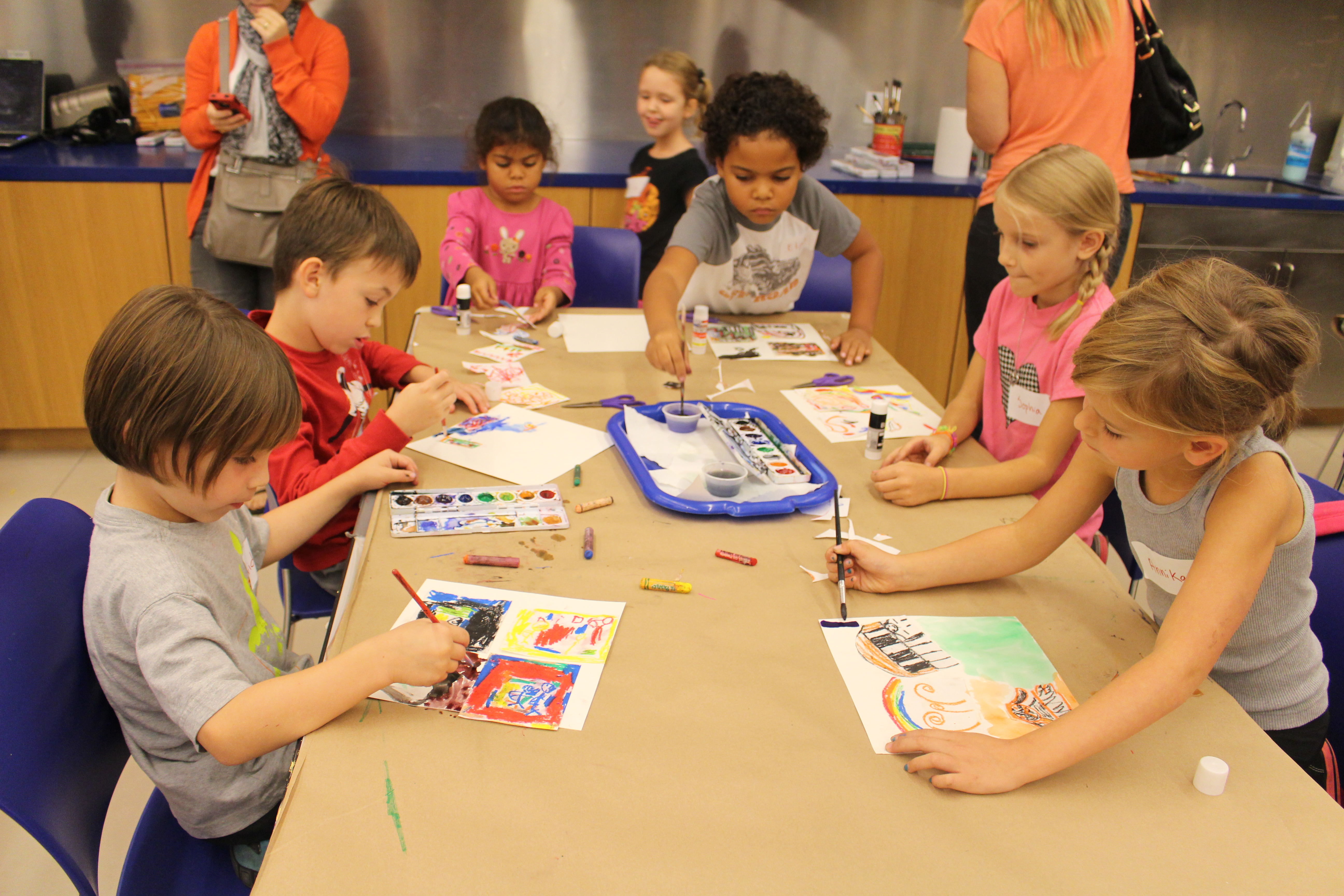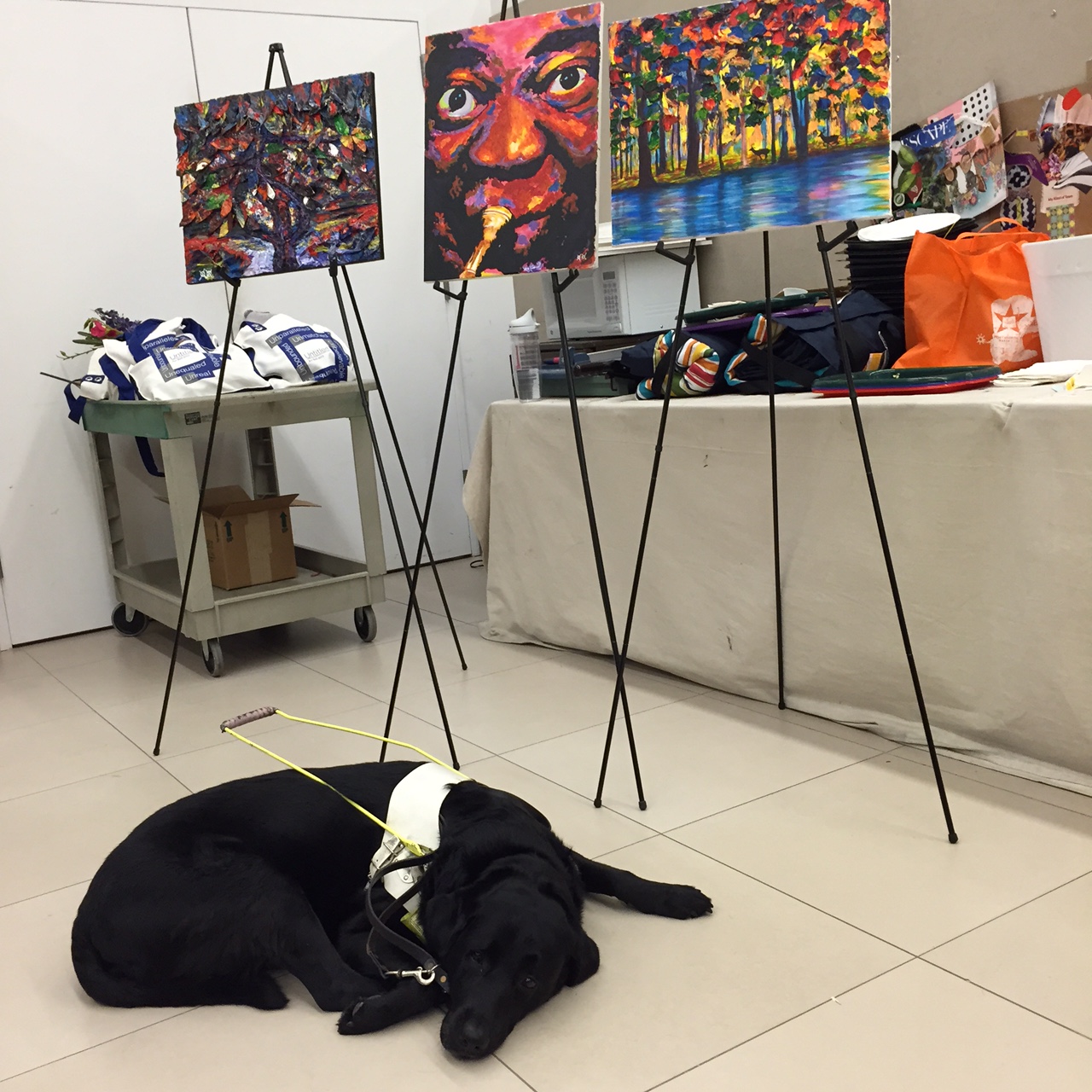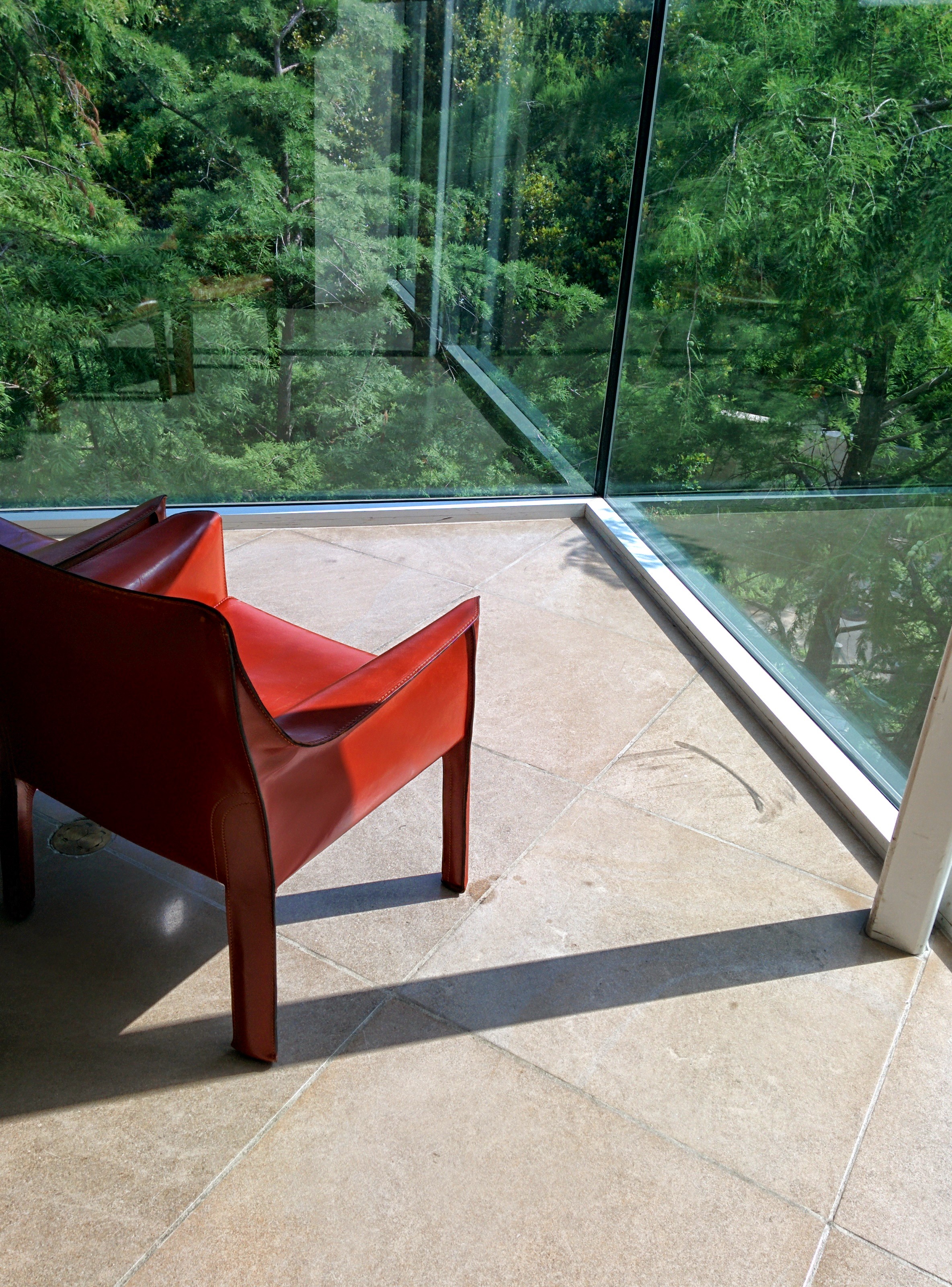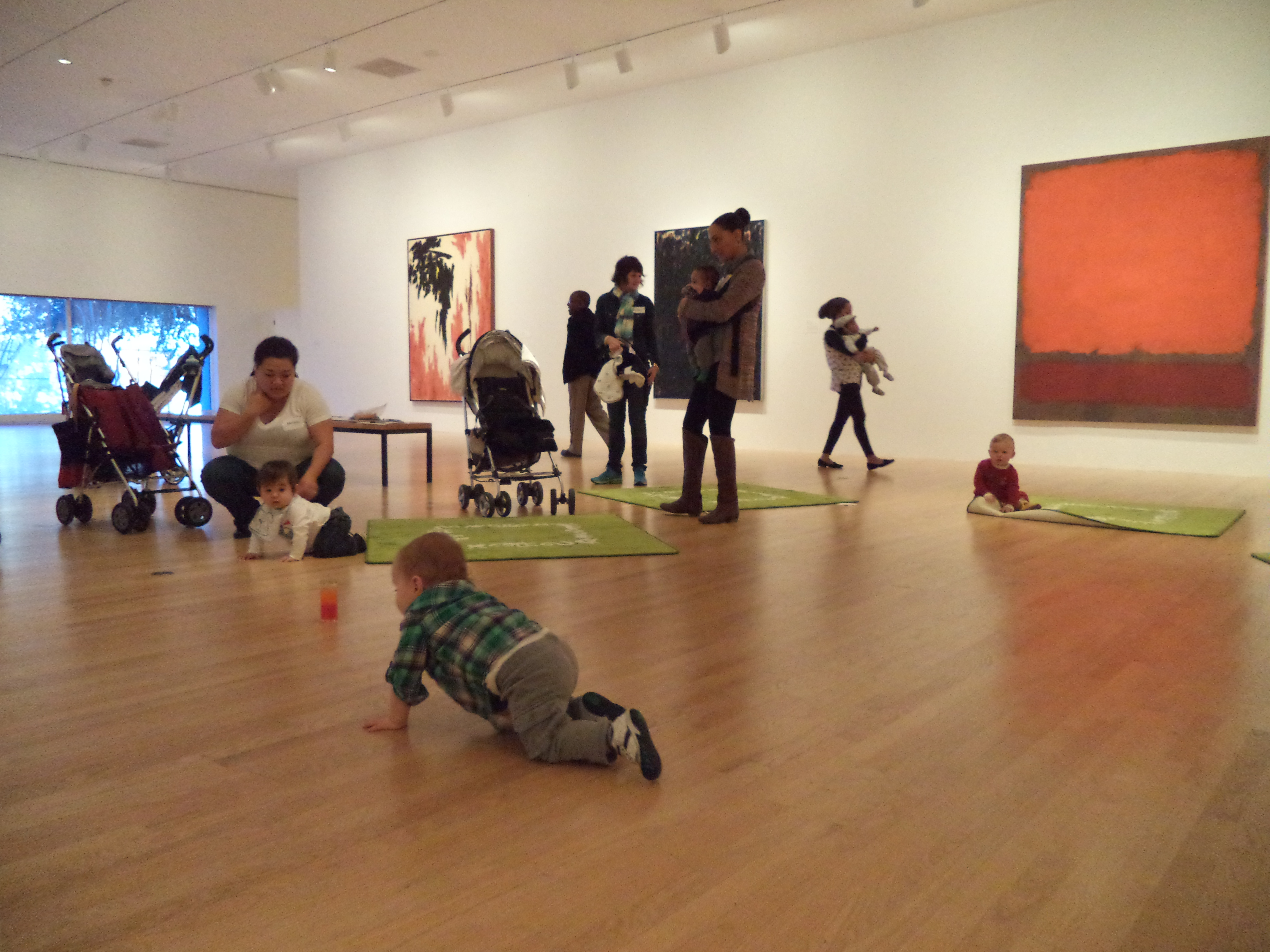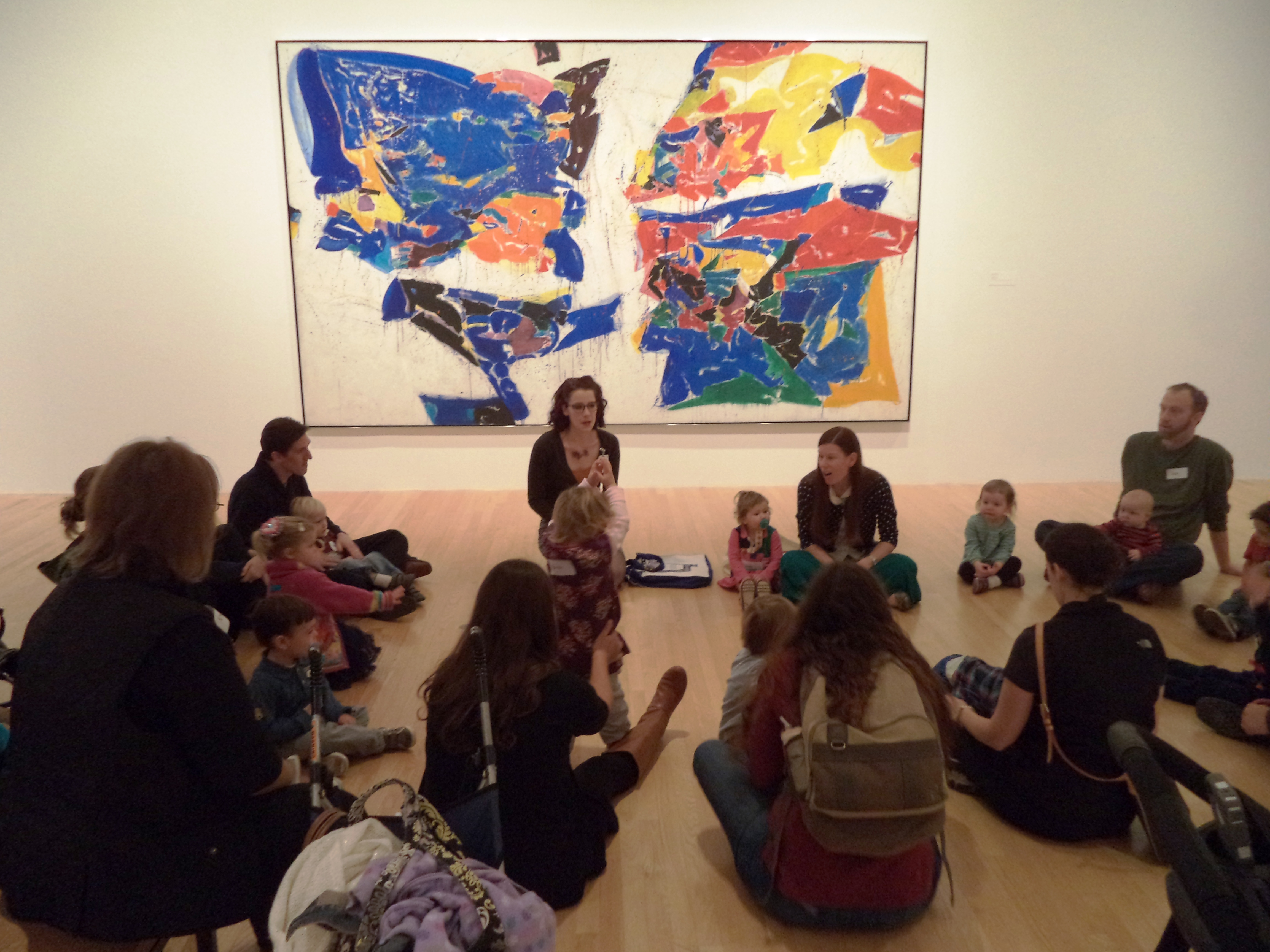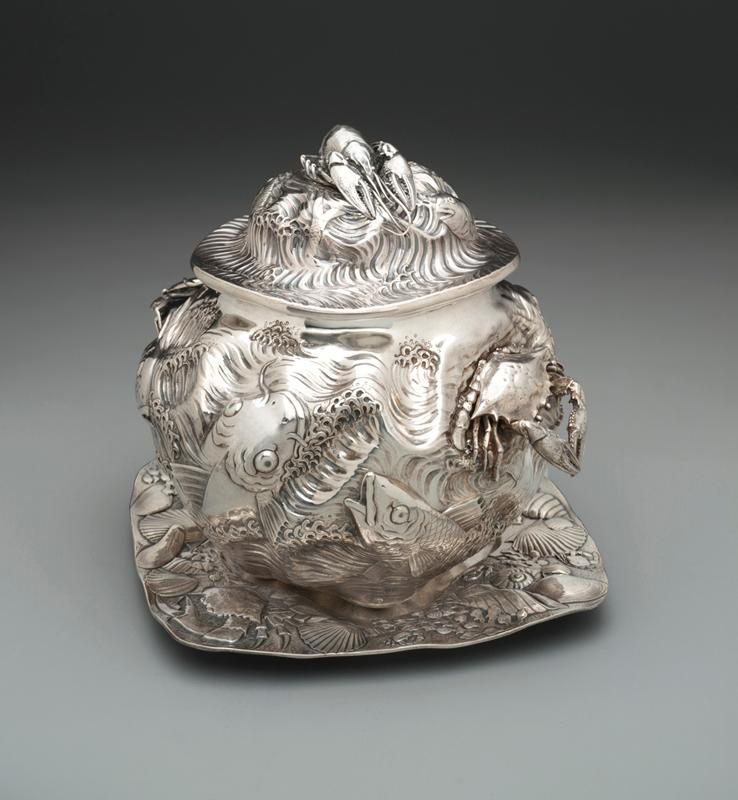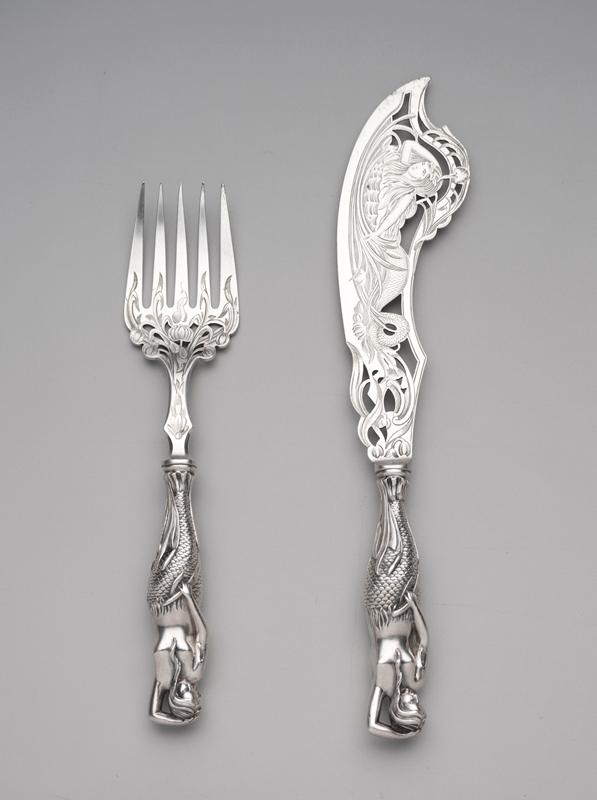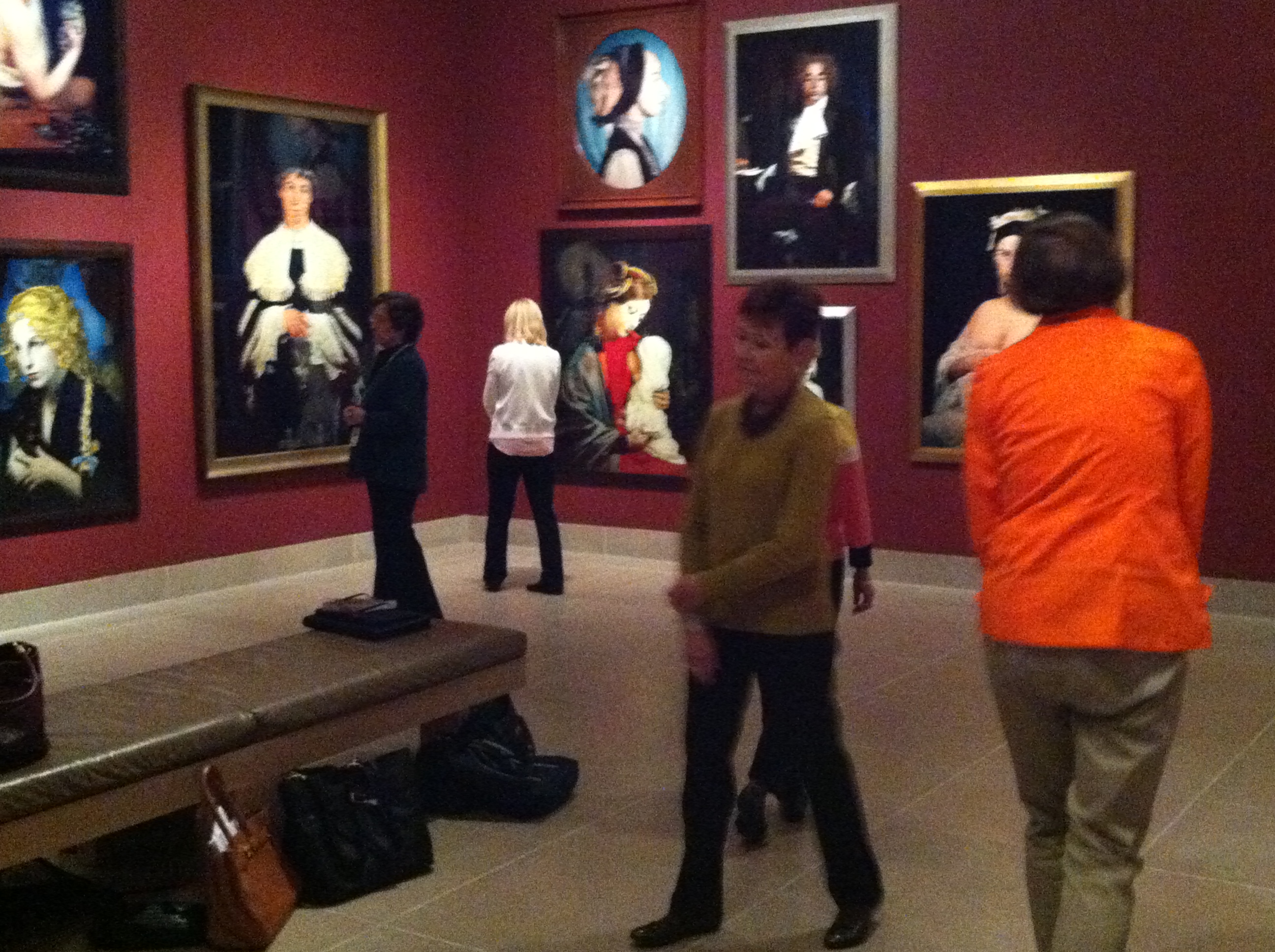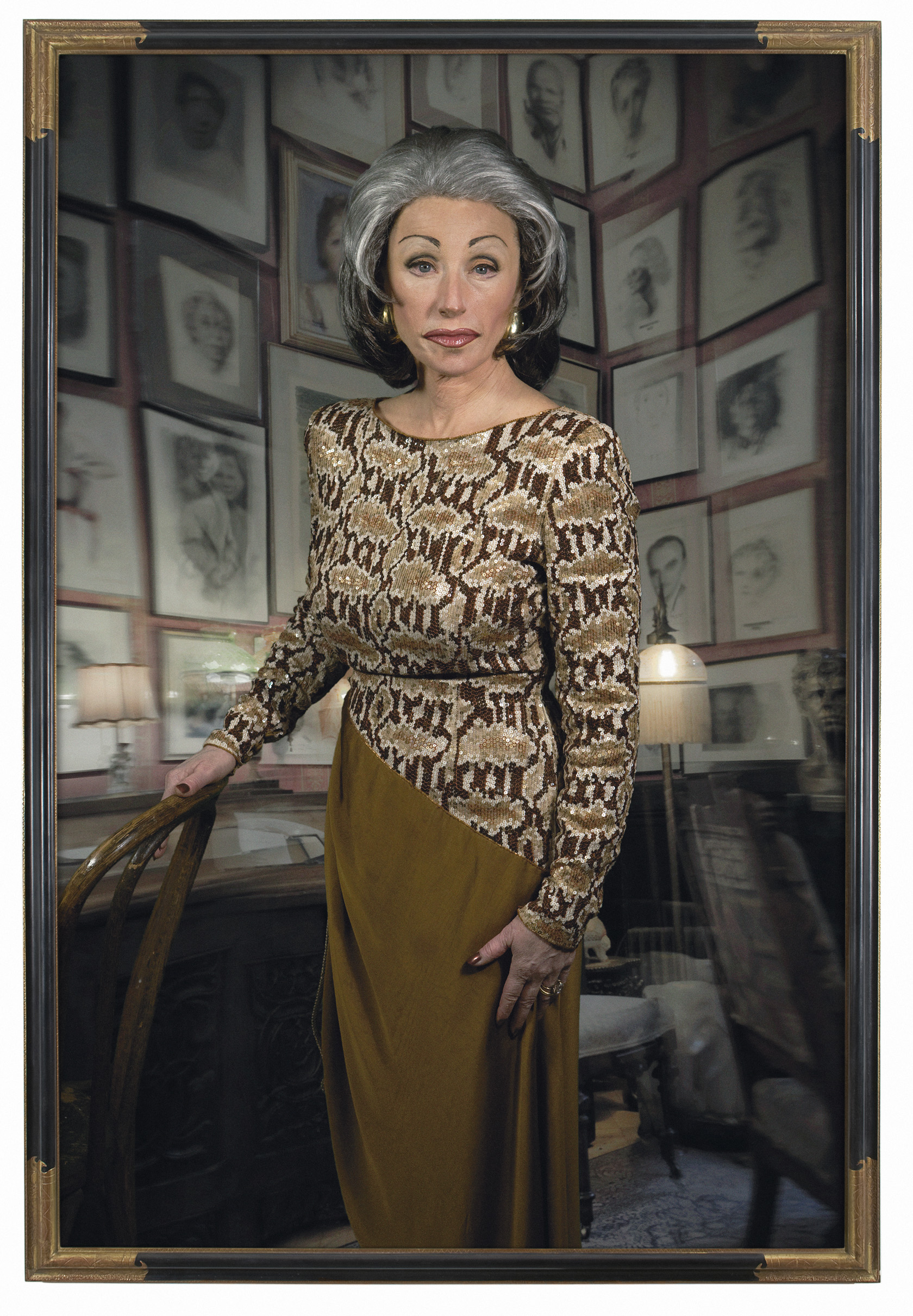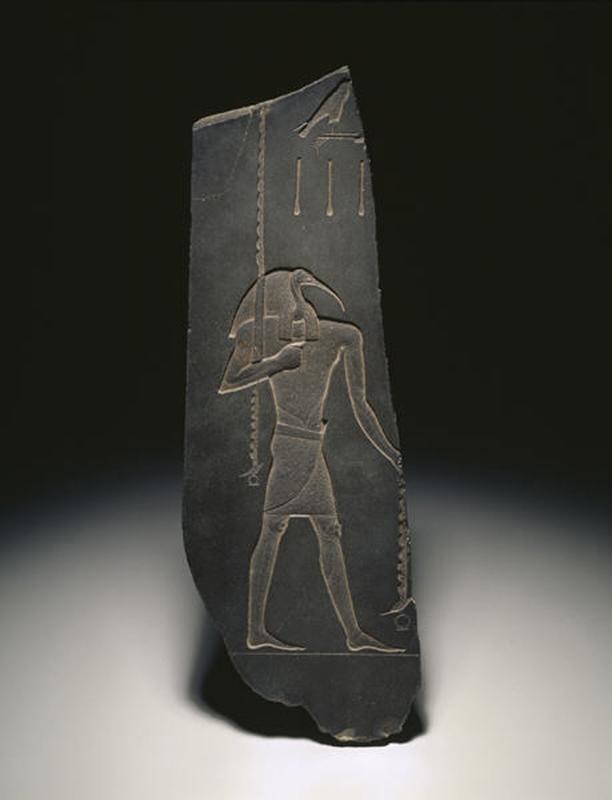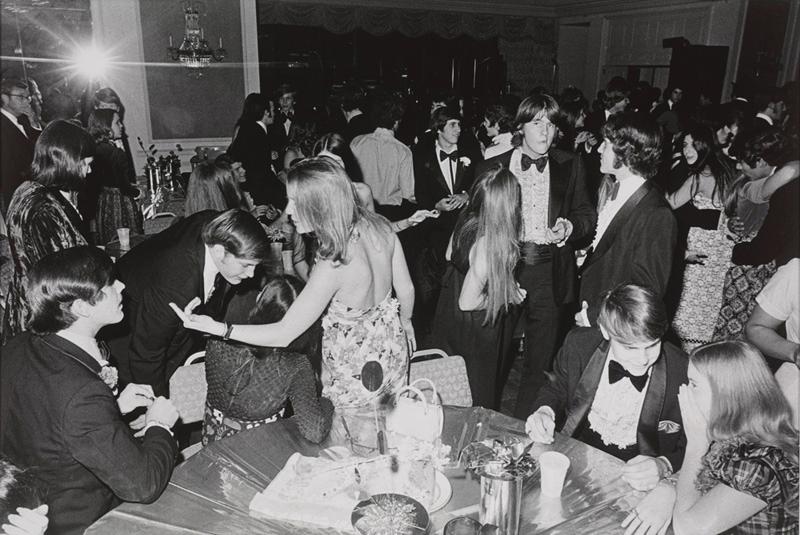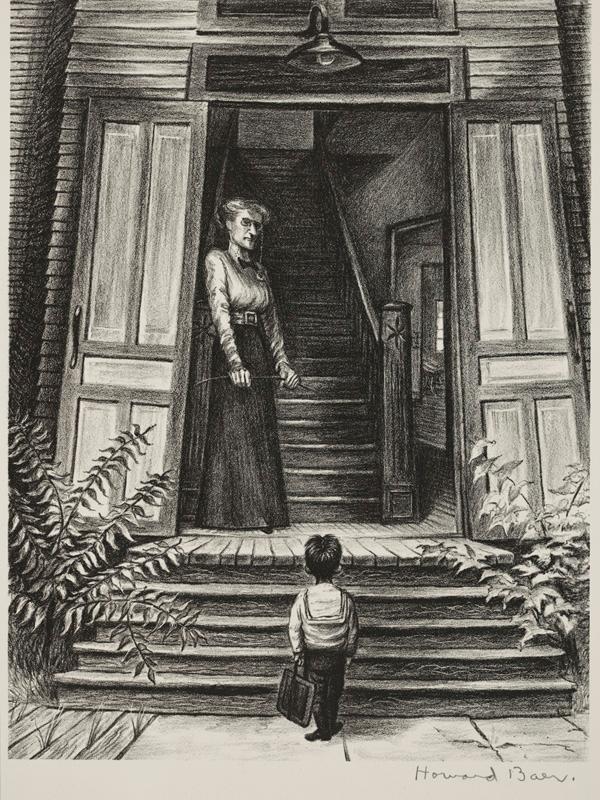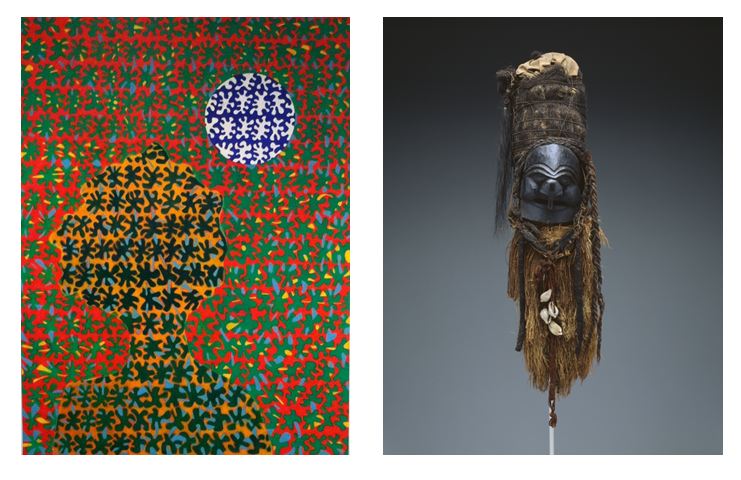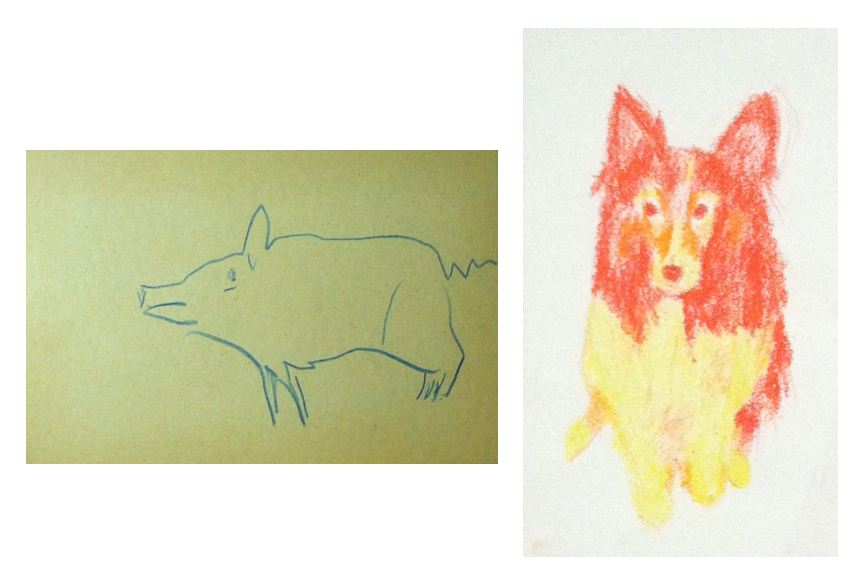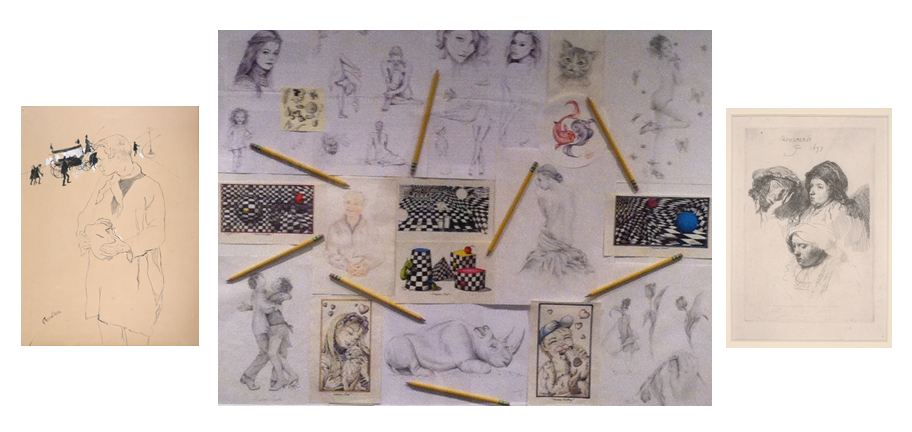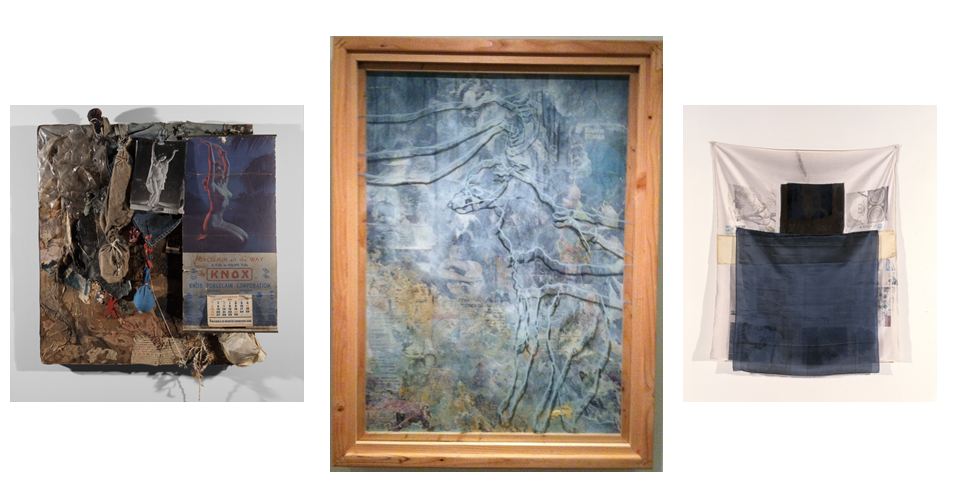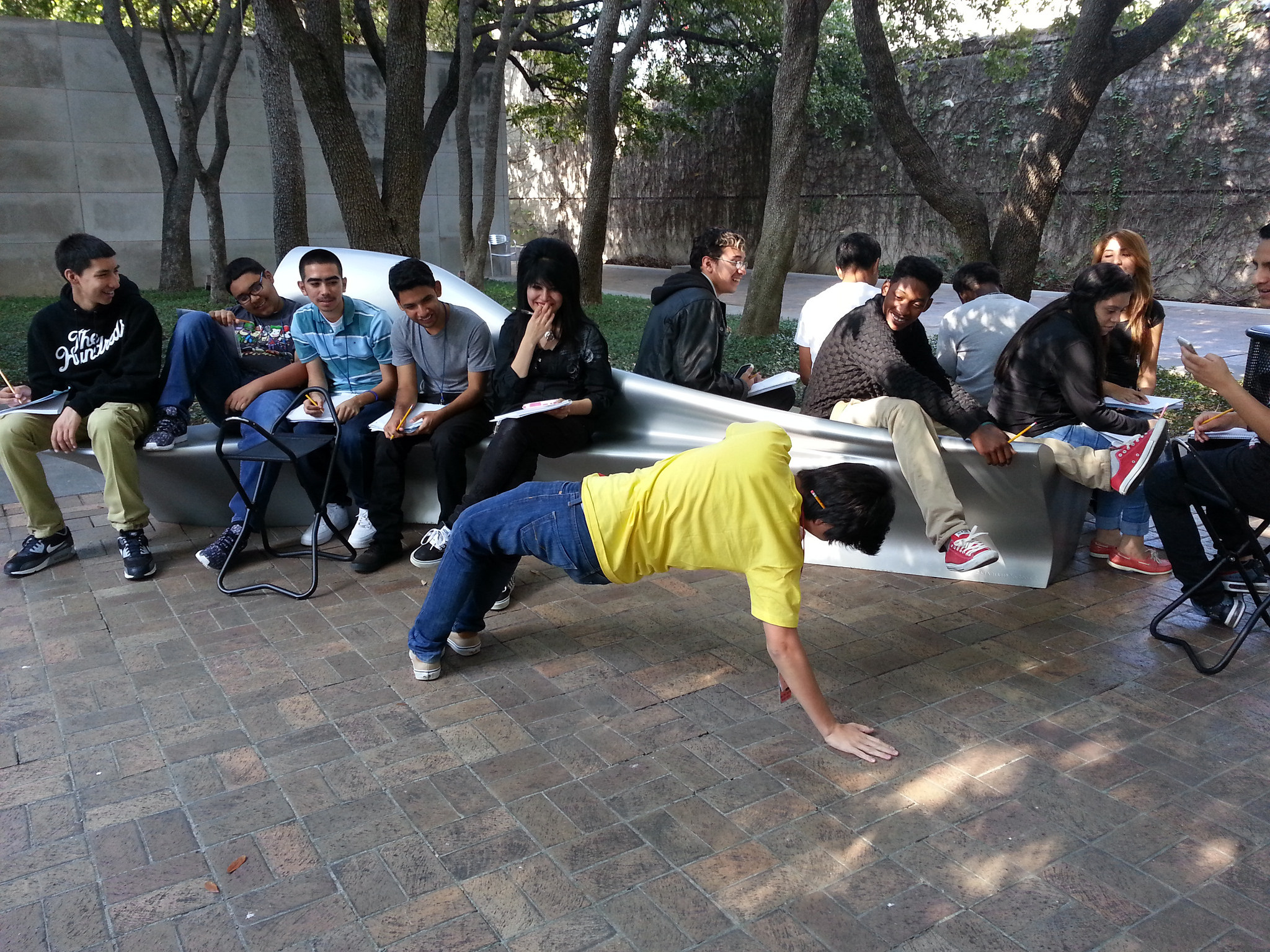
Last October, staff from the Center for Creative Connections, Founder and Director of Make Art with Purpose Janeil Engelstad, and Skyline High School Architecture program teacher Peter Goldstein began a new project building on a past collaboration at the DMA.
Translating Culture: Community Voices at the DMA originally started as an initiative to create links with the community by providing different platforms to share varied perspectives on the collection. After a very successful first collaboration with AVANCE Dallas, the project took a second life with a group of 11th grade Architecture Cluster students at Skyline High School.
After months of hard work, Translating Culture II: Community Voices at the DMA will finally launch on the DMA.mobi site this coming Friday, May 15. That night as part of Late Night, we’ve organized two programs for visitors to engage with this new project.
The events scheduled for the night include a self-guided tour throughout the Museum of new stops (which are both in English and Spanish) and an opportunity to meet up with the students themselves. You can find maps with the outlined stops at the Center for Creative Connections from 6:00 p.m. until midnight. And you can join us there from 8:00-9:00 p.m., where students will be available to talk to visitors about the project, their individual contributions to the site, and to share about their overall experience.
To spark some excitement about the launch, I thought I would speak to two of our key people in this project–Janeil and Peter–and ask them a few questions about Translating Culture II and their expectations for the future. I leave with you their answers below. Be sure to check out the student contributions on DMA.mobi beginning May 15!
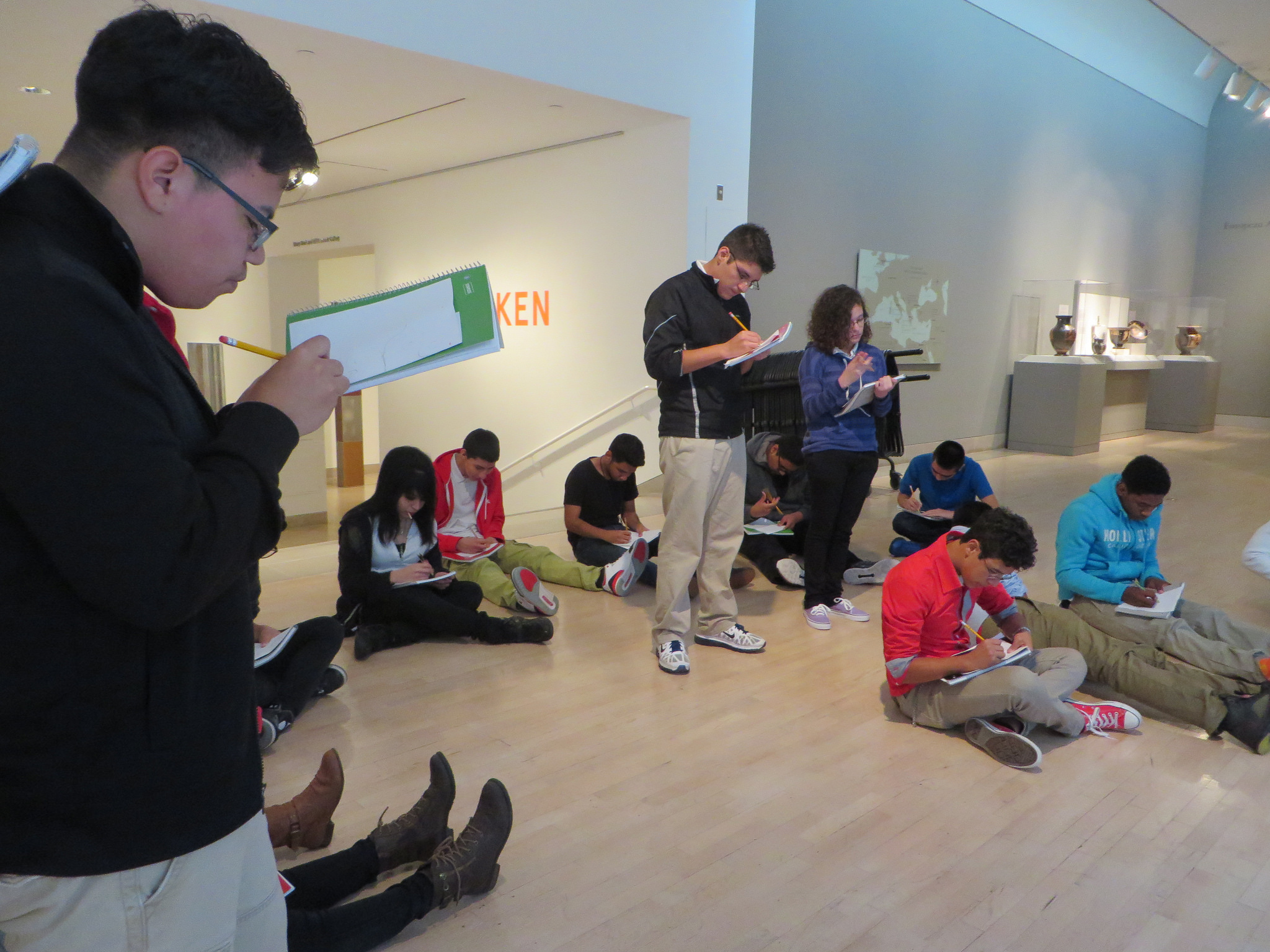
Describe Translating Culture II in one sentence:
Janeil: Translating Culture II: Community Voices at the DMA is a bi-lingual, Spanish-English, smartphone tour where museum goers engage with and experience interpretations of art work in the DMA permanent collection from the point of view of students from the architecture cluster at Skyline High School.
Peter: It’s a program that provides students with the opportunity to share their insights, observations and experiences with works of art in the DMA collection.
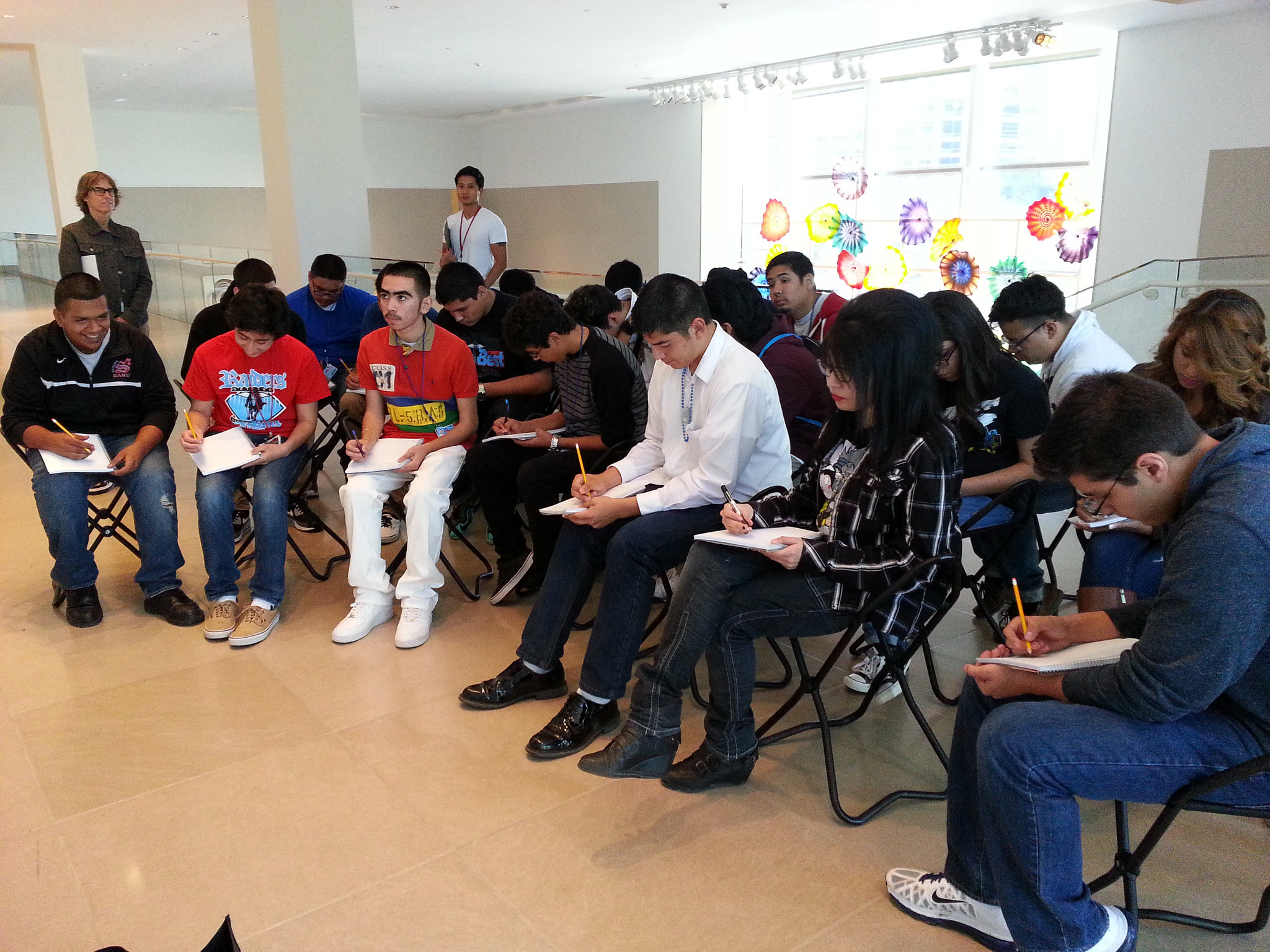
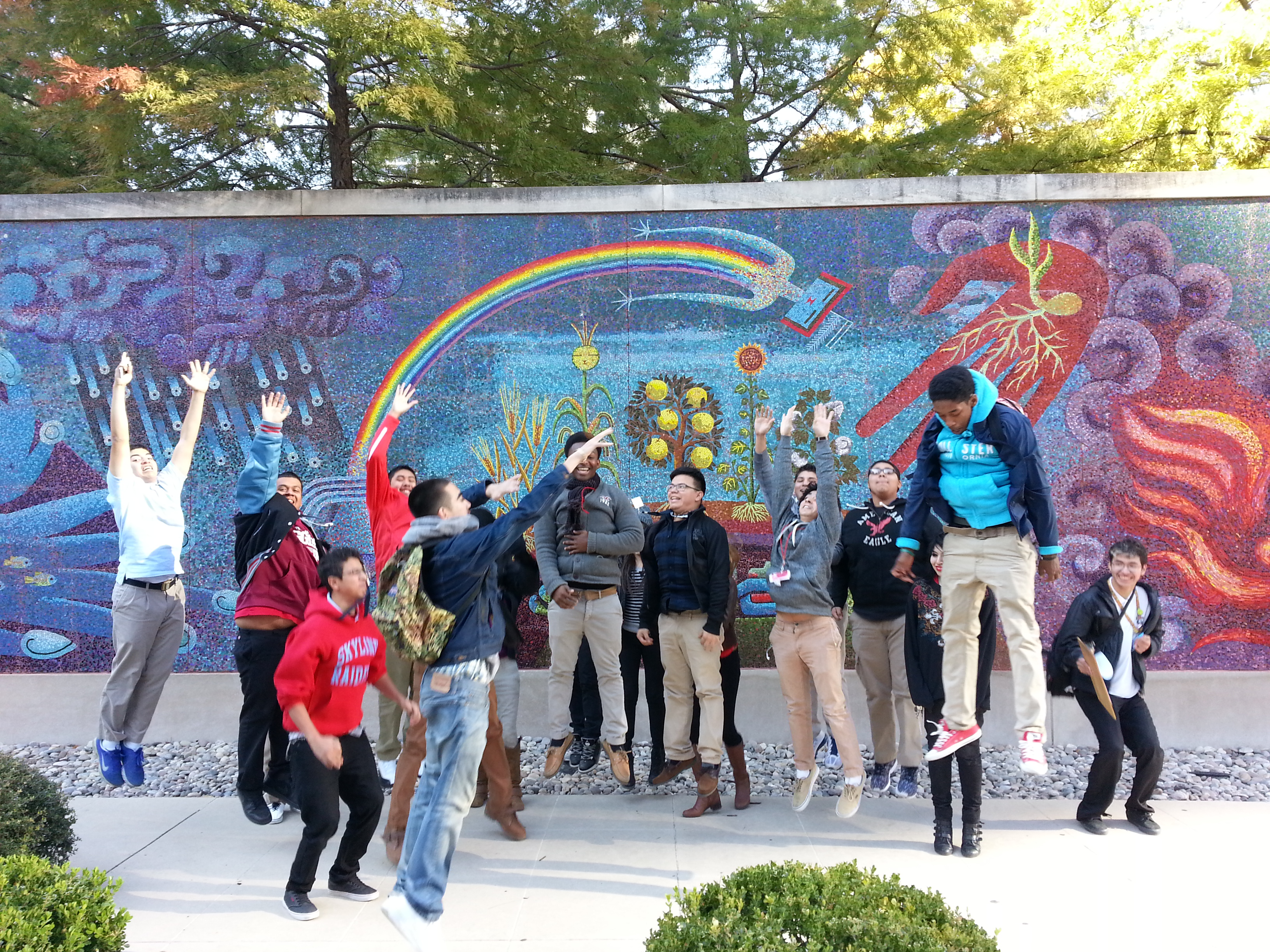
How will this collaboration contribute to the DMA and the community of Dallas?
Janeil: Translating Culture II is a statement by the DMA that the voices and ideas of people from different Dallas communities and cultures are a relevant part of the dialogue about art. I see this statement as gesture or a sort of offering that creates new spaces for engagement and play. Through the process of the project, new relationships and connections between the institution, the collection and the community have been built, which is a new and valuable thread in the fabric of the community.
Peter: The DMA is an invaluable part of our community–it is a unique place of learning and inspiration with a diverse collection of art from around the world. The DMA encourages and facilitates student and community involvement through a wide range of activities focusing on their outstanding collection of art.
In your opinion, what do you think was most valuable about this project?
Janeil: The expression of diversity and inclusion around art was most valuable, providing access and bringing under-represented voices into the larger cultural conversation, which is a key part of MAP’s mission.
Peter: The Translating Culture II project allowed students to engage in a conversation about works of art that spoke to them on a personal level. The students discussed and analyzed the artworks they encountered, and then created responses that are a reflection of their own unique interests and perspective.
Art has the ability to communicate beyond geographic boundaries and across time. With the support and guidance of the DMA and MAP, the students involved in this project were able to explore works of art from artists and cultures around the world, and then embark on a journey to communicate their ideas and discoveries for others to enjoy.
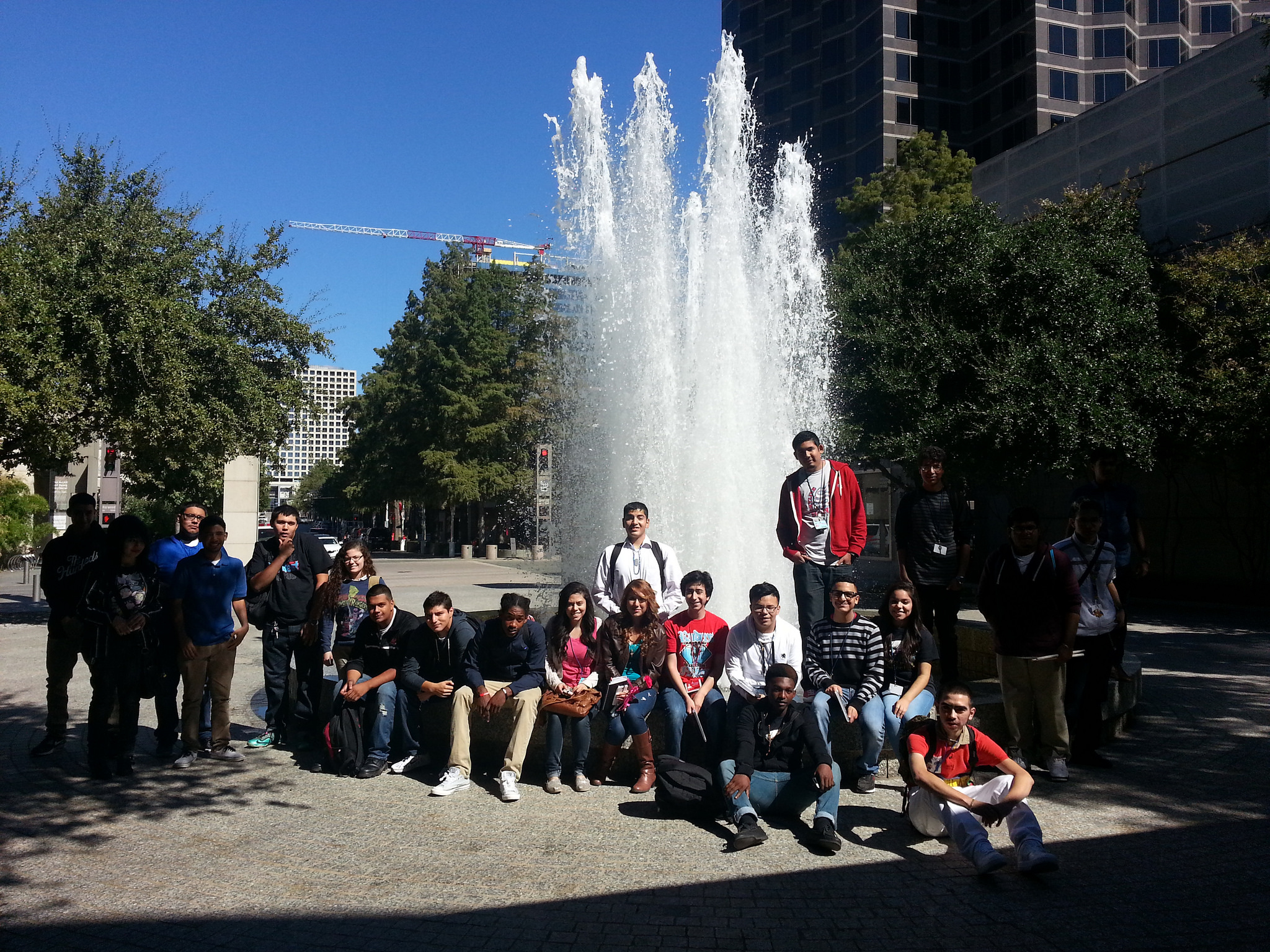
What do you hope will come out of Translating Culture in the future?
Janeil: I hope that the visitor who takes one of these tours has his or her imagination lit in a way that inspires new thinking or new ideas, and brings joy.
Peter: Our hope is that the work you see on the DMA.mobi site will spark the interest of other students (and adults!) and inspire them to explore the incredible richness and diversity of the Dallas Museum of Art. Translating Culture is about discovery–and sharing those discoveries with others.
Eliel Jones
McDermott Intern for Visitor Engagement
